Trip Duration
16 DaysAccommodation
Teahouse / Hotel / LodgesMax Altitude
5,545m/18,188ftDifficulty
StrenuousLocation
Solukhumbu,NepalStart/Finish
KathmanduGroup Size
Minimum 02Suitable Season
March/April/May & Sep/Oct/DecAccommodations & Meals
- 3N Premium Hotels in Kathmandu
- 1N Resort in Mulkot
- 1N Teahouse Lodge in Phakding
- 2N Teahouse Lodges in Namche Bazaar
- 1N Teahouse Lodge in Deboche
- 2N Teahouse Lodges in Dingboche
- 1N Teahouse Lodge in Lobuche
- 1N Teahouse Lodge in Gorakshep
- 1N Teahouse Lodge in Pheriche
- 1N Teahouse Lodge in Lukla
Locations Covered
- Kathmandu
- Bhaktapur & Mulkot
- Lukla (Flight from Ramechhap/Manthali)
- Phakding and Namche Bazaar
- Everest View Hotel & Syangboche
- Tengboche Monastery & Deboche
- Pangboche & Dingboche
- Lobuche and Gorakshep
- Everest Base Camp (5,364m)
- Kala Patthar (5,545m)
- Pheriche and Lukla
The Everest trek has a lot of up-and-down walking. All the rivers in this part of Nepal flow south from Himalayan glaciers, but the route of the trek heads east. Thus, it has to be hiked upwards to the separating ridge of the two rivers down to the very river and climb up the opposite ridge. At the very same time, it is clearly presented that despite its start from the height of 1860 m, on its sixth day of trek it crossed Dudh Kosi at the height of merely 1500 m–or after steep height gain almost up to 5364m- Everest base camp. It is on this trek that one sees the best view of the Nepal Himalayas by tracing the main route through the Khumbu region from the Sherpa town of Namche Bazaar. The world’s greater mountains are viewed closer in proximity: Mt. Everest, 8,848m, and other peaks like Lhotse, Nuptse, Thamserku, and Tawache.
The Everest Base Camp Trek takes one to the foothills of the mightiest of mountains in the world. En route, it crosses through rhododendrons and pine forests, rivers, Sherpa villages, and Buddhist Monasteries from temperate to snowline regions.
Everest base camp trek provides experience of the unique cultural heritage of Sherpa with the amazing flora and fauna of the Himalayas region. This trek offers stunning views of other peaks such as Mount Lhotse, Nuptse, Pumori, Amadablam, and many others. One can see an amazing view of the sunrise above the snow-capped world’s highest peaks from Kala Patthar. Everest Base Camp Trek provides a look into the unique cultural heritage of the Sherpas in addition to the amazing flora and fauna of the Himalayas region. Stunning views of other peaks like Mount Lhotse, Nuptse, Pumori, Amadablam and many others adds more attraction on this trek. The amazing views of sunrise above the snow capped world’s highest peaks can be seen from the Kala Patthar.
Highlights of the Trek
- Standing at the foot of the world’s highest peak.
- One of the world’s most breathtaking mountain flights to begin your expedition.
- Roam around the vibrant mountain hub and experience a taste of true Sherpa hospitality.
- Soak in the panoramic Himalayan view in radiant spiritual serenity.
- View Everest, Lhotse, Nuptse, Ama Dablam, and other such giants.
- A bucket-list activity for trekkers worldwide.
- Walk through rhododendron forests, alpine meadows, and glacial landscapes.
Best Time to Trek
Spring Season (March-May):
The clear skies, the rhododendrons are budding, and the stable weather make it ideal for trekking during spring. The mountains are most photogenic.
Autumn Season (September-November):
With the freshness coming after heavy rain and the visibility being excellent throughout this period, the trekkers from all around the world come during the peak season.
Itinerary
- Collapse AllArrival in Kathmandu
Upon arrival at Tribhuvan International Airport, you will be welcomed by a beautiful garland of seasonal flowers at the gate of the International Arrival Terminal.
On your last count of the luggage and packing them all in your vehicle, you will be transferred to the hotel. Check-in time is followed by welcome refreshments and a short briefing with the Himalayan Holidays Representative to get an overview of the trek. Finally, you’ll have free time in Kathmandu. You can explore the city.
In the evening, a typical Nepali program in a nepali restaurant with a cultural show welcomes you to Kathmandu. You will have dinner while watching different traditional dances.
The major products of the Nepalese cuisine are – rice, wheat, lentils, fresh vegetables, and sometimes meat. The local chefs turn these ingenious products into pieces of culinary art, dazing taste, teasing with smell, causing delight for any enthusiast. Food in Nepal is something worthy of kings. Very tasty, very spicy, and very diverse are the three main features of Nepalese cuisine. It’s impossible to describe this in words; you have to try it!
Overnight at a hotel in Kathmandu.
Half Day Sightseeing Tour and Drive to Mulkot - 96 Km/4 Hours
Morning free to do shopping for trekking gears, and personal things.
Afternoon checkout from the hotel and drive a scenic drive to Mulkot for about 4 hours.
En route to Mulkot, stop in ancient Bhaktapur City, the “City of Devotees”, which is renowned for its elegant art, fabulous culture, colourful festivals, traditional dances and the typical Newari lifestyle. Here explore the Royal Palace, the Golden Gate, and the entrance to the Palace of 55 Windows, known as the most significant piece of art in Nepal. Then visit the highest temple in the whole Kathmandu Valley- the Nyatapola Temple. This is listed on a UNESCO World Heritage site.
After the sightseeing tour, start to drive to Mulkot for about 4 hours via BP Highway to about 96 Km. Upon arrival at Mulkot, check into the resort and get refreshments with swimming.
Overnight at a resort in Mulkot.
Drive to Manthali - 34 Km/1.5 Hours Fly To Lukla-30 minutes & start Trek to Phakding (2,610m/8,563ft.) – 3 Hours
Early morning, drive to Manthali Airport to board an onward flight to Lukla (2840m). This 30-minute flight provides a magnificent entry to the trek. It highlights the snowline of the Himalayan Range in the north and the rugged landing at Lukla airport, which is said to be one of the most spectacular flights in the world.
Upon arrival at Tenzing-Hillary Airport, Lukla, meet the trekking support team, assistant guide & porters. Before commencing the trek, stop at a nearby lodge for hot tea/coffee and light snacks. Then start to trek to Phakding for about 3 hours by exploring the charming town of Lukla with hotels and shops lining both sides of the traditional cobbled street. A check post at the end of the town requires the Khumbu Pasang Lhamu Rural Municipality Permit and Sagarmatha National Park Permit Fee. The trail, being downhill and easy to walk, leads through beautiful human settlements of Chheplung, Thadokoshi and Ghat, and it ultimately descends to Phakding (2,610m).
Overnight at Teahouse Lodge in Phakding.
Trek to Namche Bazaar (3,440m / 11,284ft) – 7 Hours
With the rule of 6-7-8, we will have breakfast at 7 a.m. and walk at 8 a.m. toward Namche Bazar. This day, most of the trekkers find it a little bit difficult as in 6 hours we will be gaining 830m of elevation. For the first half, the trail is easy, following the riverbank. At Monjo, we stop at the check post to check the permits to enter Sagarmatha National Park and descend down to Jorsalle where we stop for lunch.
Leave the main village, and follow the trail on the left bank of the Dudh Koshi River.
From here, we walk for another 30 minutes to reach Hillary Bridge, from where the walk uphill will start. Near halfway, Mt. Everest (8,848.86m), Lhotse (8,516m), Taboche, Kusum Kanguru (6,339m), Thamserku, and many other peaks will be in our sight. After 3 hours of climbing, we reach Namche Bazar.
This affluent town is the largest in Khumbu. Mt. Thamserku (6,648m) and Kwangde Ri (6,624m) loom along the east and west of the village. The sacred mountain Khumbila (5,707m) dominates the skyline along the west.
Overnight at Teahouse Lodge in Namche Bazaar.
Rest day for acclimatization in Namche Bazaar.
This day will be used for sightseeing around Namche during the morning time. We will be viewing the Sherpa Cultural Museum, Mount Everest Documentation Center, Sagarmatha National Park Museum, and Tenzing Norgay Memorial before leaving Namche Bazar.
From here, we continue our walk to Everest View Hotel. En-route we will visit Sagarmatha Next at Syangboche Airstrip (3,775m). You will find information on Sagarmatha National Park and the Khumbu region including History, Geography, Culture, Climbing and trekking, Flora and fauna, as well as the environmental challenges that we are facing and possible solutions in the Visitors Centre. Then, walk to Hotel Everest View (3,880m) and back to Namche Bazar.
Overnight at Teahouse Lodge in Namche Bazaar.
Trek to Deboche (3,710m/12,170ft) via Thyangboche Monastery - 6 Hours
After breakfast, we start an uphill walk to reach the North-east top of Namche Bazar and take a straightened path from where we will get a stunning view of the Himalayan Ranges including, Thamserku, Kangtega, Mt. Amadablam, Lhotse, Nuptse, Mt. Everest, Taboche and many other snow capped peaks. From Kyangjuma, we will be down to Phungi Tenga (3,200m) and Lunch. Cross the River then slowly climb the steep trail to Tengboche, visit the monastery.
Tengboche Monastery is the most important monastery in the Khumbu Region and the traditional place where all Everest Expeditions receive their blessings as they walk towards the base camp.
A short, steep and muddy descent through the forest of birches, conifers and rhododendrons after visiting Thyangboche Monastery to reach Deboche.
Overnight at Teahouse Lodge at Deboche.
Trek to Dingboche (4,410m/14,464ft) - 6 Hours
After breakfast, we will head to Dingboche. It is an easy trail and little uphill climb to Pangboche, the oldest village in Khumbu Region. The horizon from here to Dingboche is dominated by Ama Dablam, (6,812m). From Chukung, we have to walk 45 minutes to reach Somare where we will have lunch. From there, the trail goes to the open valley through the front yards of huts across the river and uphill. After one hour, we will reach Dingboche, where we’ll check into the lodge.
Overnight at Teahouse Lodge at Dingboche
Rest day for acclimatization.
As the study on high altitude sickness has found, people mostly suffer or show signs of Acute Mountain Sickness (AMS) from an altitude of 14,000 ft. Thus, a rest day is highly recommended at this altitude to acclimatize before starting an ascent. On this day, you will hike to NangkarTshang or Chukhung Valley for 5 hours.
Overnight at Teahouse Lodge at Dingboche.
Trek to Lobuche (4,910m/16,104ft) - 6 Hours
In the morning the trail goes uphill briefly to a ridge over Dingboche. Then it proceeds on an easy walk on the flat path to Thugla. You will have the chance to watch the beautiful view of Mt. Cholatese (6,442m) back on the west side of the route and Mt. Amadablam to the rear on this way. From here, after reaching the ridge, about ten minutes downhill walk, crossing the bridge reaches at Thugla for a short break. After lunch, a steep ascend for an hour to reach the ridge from where one can see Sherpa memorial in memoriam of those brave mountaineers who lost their life during Expeditions.
Further up the trail, it reaches the terminal moraine of the Khumbu Glacier with views of Pumori or Widow’s Peak in the foreground. The stark and rugged beauty creates almost a moonscape. After an hour of steady trekking through the moraine, we will reach Lobuche, which is situated in a wind-swept valley with views of the Tawatse (6,501m) and Nuptse (7,855m).
Overnight at Teahouse Lodge in Lobuche.
Trek to Everest Base Camp (5,364m/17,594ft) via Gorekshep (5,160m/16,925ft) - 8 Hours
From Lobuche, the trail will be along the Khumbu Glacier through the jumbled moraines and scattered rocks. The trail continues to slowly contour on the open landscape through ablation and after about an hour, there is a steep ascent for about 20 minutes. Climb slowly to a ridge and then continue on a trail of rocks caused by rockslides. On a clear day, Mt. Everest can be seen looming behind Nuptse.
Upon arrival at Gorak Shep, have lunch, prepare a day pack, and begin hiking to Everest Base Camp via the Khumbu Glacier. The trail proceeds on the ridge between Pumori and Nuptse. After reaching Everest Base Camp, symbolized by a giant stone written with Everest Base Camp (5,364m), we will spend a few minutes clicking pictures around the base camp area. However, the main feature that everybody wishes to experience while visiting this place is a glimpse of the Khumbu icefall. And back to Gorak Shep overnight.
Overnight at Teahouse Lodge in Gorakshep.
Climb Kala Patthar (5,545m/18,180ft) - 3 Hours and trek down to Pheriche (4,210m/13,808ft) - 7 Hours
Early morning wake up, prepare a day pack, and leave via the left-hand side trail that heads straight up the hill to Kala Patthar (5,545m) for views of Mt. Everest. It’s a long haul to the top; it will take about one and half to two hours. It’s the best viewpoint for Mt. Everest in the early morning because the sun is in the backside of the observer and directly on the mountains upfront. This hike offers a 360-degree view of giant peaks, Pumori (7,161m), Everest (8,848.86m) and China’s peaks Changtse (7,553m), Nuptse (7,855m), Lhotse (8,516m), Ama Dablam, and many others. Later return to Gorak Shep for breakfast.
After breakfast, backtrack via Lobuche towards the ridgeway Sherpa Memorial and then drop down to Thugla. Cross the river and then down to the valley and walk along to reach Pheriche.
Overnight Teahouse Lodge in Pheriche.
Backtrack to Namche 3,447m / 11,300 ft) - 7 Hours
We will start our day with an early breakfast then begin our trek to Kyangjuma, following down along the river banks and going uphill to Pangboche via Somare. On leaving this valley, the walk is a bit downhill, it again goes step up to Thyangboche, an excellent spot for lunch.
After having lunch, steep downhill to Phungi Tenga and again steep up to Kyangjuma, the trails go ups and downs with an amazing view of the high Himalayas. Then pursue the journey to Namche continuing along the path on the eastern flanks of the hills. Behind – the spectacular west face of the Thamserku (6,608m) and Kangtega (6,685m). Then finally reach Namche Bazar, check in to the lodge and you are free for personal activities.
Overnight at Teahouse Lodge in Namche Bazar.
Backtrack to Lukla (2,840m/9,315ft) - 8 Hours
From Namche Bazaar, we begin descending in the morning following the very trail towards Hillary Bridge. The trail goes past the beautiful villages of Jorsalle, Monjo, Chhumoa and other small human settlements to reach Phakding. We go through small settlements building new lodges. It is very amusing to see others start enthusiastically on the trek ahead as we head down to our campsite at Lukla. It will be an amazingly hard uphill climb to Lukla which should take about 3 hours. It’s a delightful ending to the trip as one enters the busy village of Lukla. Later check-in at the lodge and refreshments.
Overnight at Teahouse Lodge in Lukla.
Fly to Manthali & Drive to Kathmandu & transfer to hotel.
Morning flight from Lukla to Manthali takes (25 mins) & Drive to Kathmandu 4-5 hrs. Meet, assist, and transfer to the hotel. Free day for Shopping & personal activities.
Overnight hotel in Kathmandu.
Kathmandu city sightseeing tour.
This day will be a contingency day in case of bad weather and the flight couldn’t operate.
Or
Free day in Kathmandu to leisure activities or for any sightseeing tours (yourself), last-minute shopping, bag packing etc. Farewell Dinner in a nice restaurant in Kathmandu.
Overnight at a hotel in Kathmandu.
Final departure from Nepal
Timely transfer to Tribhuvan International Airport to board an onward flight to home country 3 hours earlier than the scheduled flight departing time. We bid you a happy journey for your flight from Nepal to your home country with a hope to see you on your next visit to Nepal.
Got any question or Inquiries about the trip ?
We are here 24/7 to assist you with the reliable answers.
Maps
Map of Everest Base Camp Trek
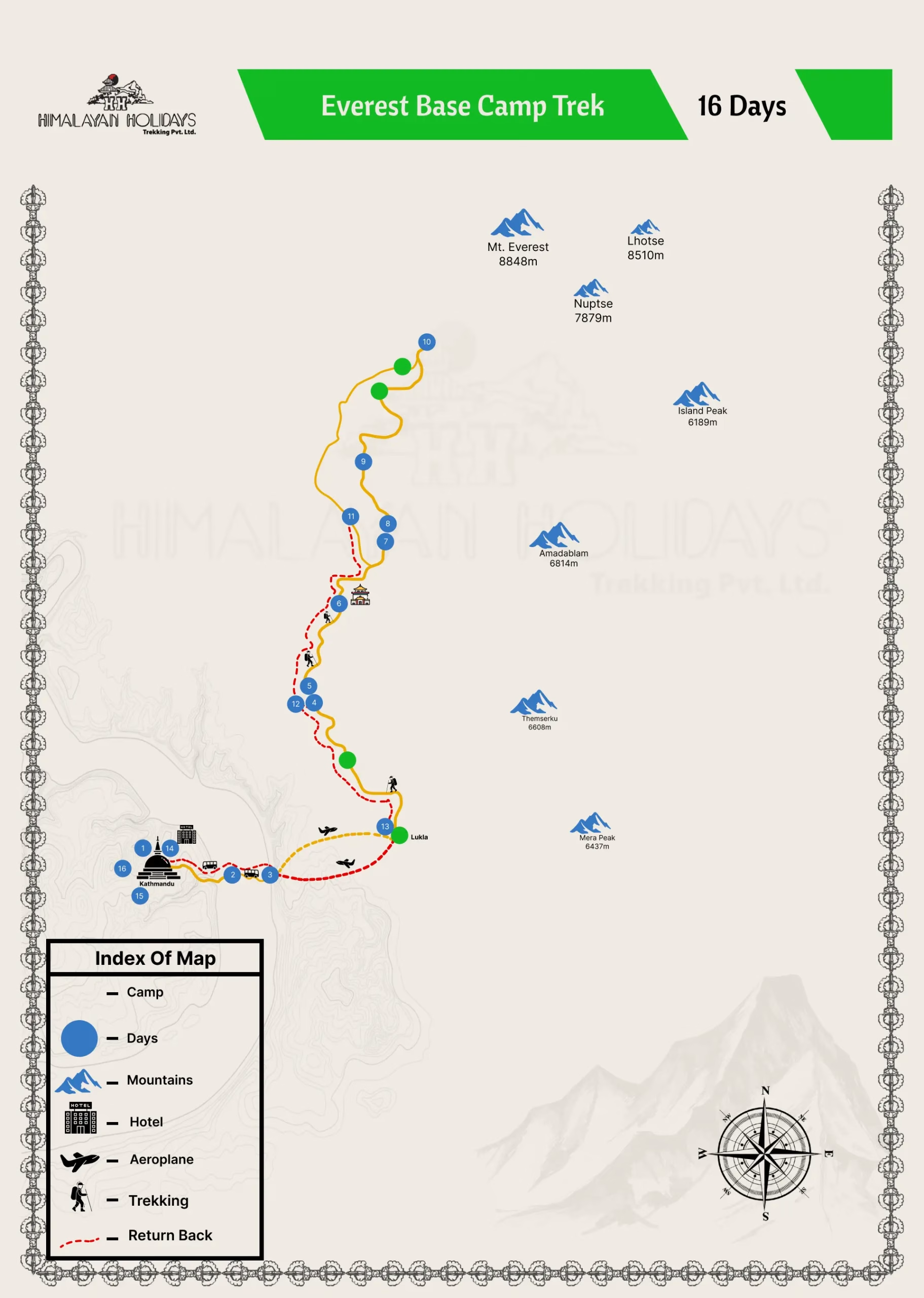
Altitude Chart of Everest Base Camp Trek
Inclusions
Cost Includes
- For all arrival/departure transfers, drive in a private vehicle with an a/c accompanied by an English-speaking tour representative/escort.
- Welcome Garlands of seasonal flowers upon arrival.
- Three-night stay at a premium hotel in Kathmandu on a twin / double room sharing on bed and breakfast basis inclusive of all applicable taxes.
- One night stay at a resort in Mulkot on a twin/double room sharing on MAP Basis inclusive of all applicable taxes.
- 11 nights / 12 Days "Everest Base Camp Trek" inclusive of all meals (breakfast, lunch and dinner), accommodation in the best available teahouse lodges, services of trained trusted and highly experienced trek Guides & Sherpa assistants including a team of strong and reliable porters.
- Welcome and farewell dinner at an authentic Nepali Restaurant in Kathmandu.
- Sagarmatha National Park Fees and Khumbu Pasang Lhamu Rural Municipality Permits.
- Three Liters of Safe Drinking Water per person per day during trekking.
- Local SIM card, Duffle Bag, and souvenirs to each member.
- Airfare of Ramechhap-Lukla-Ramechhap on a fixed-wing aircraft.
Cost Excludes
- International airfares and airport departure taxes.
- Nepal entry visa (US$50 for 30-day visa).
- Items of a personal nature such as bar bills, mineral water, telephone calls, laundry, mineral water, extra mileage and any extra costs incurred due to natural calamities, flight delays etc.
- Comprehensive Travel Insurance or "Umbrella Insurance" to cover – Illness, hospitalization, travel medicines, loss of valuables, thefts, change of itinerary, flight and tour cancellations due to unavoidable circumstances and most of all Emergency Helicopter Charter for evacuation purposes.
- Anything which is not included in the above cost.
Availability
Book this trip with us from the following dates. For Custom Trips or general inquiries, Contact Us.
Departure Date
Availability
Action
Mar 29 (Friday)
9 Slots left
Apr 12 (Friday)
11 Slots left
Apr 26 (Friday)
15 Slots left
May 10 (Friday)
12 Slots left
May 24 (Friday)
16 Slots left
Equipments
Two Waterproof Duffle Bag
Trekking Bag of 40-50 L (to carry your frequently-needed personal items, water bottles, personal medicine skits, camera batteries, etc.)
A good quality raincoat to prevent rain while walking.
Water bottles to refill water
1 pair adjustable trekking pole.
Shade Hat or Base Ball Cap
Sunglasses with Straps
Headlamp
Buff or Balaclava
Woolen Cap
Ear Buds
T-shirts
Fleece Jackets
Windproof Jackets
Down Jackets
Gloves - Liner, Soft-shell, Insulated Gloves,
Thermal Set
Under Garments
Hiking Shorts
Soft Shells Pant
Trekking Pants
Down Trousers
Comfortable Trekking Shoes
Sandals or Flip Flaps
Pairs of Socks
Gaiters
Personal First Aid Medical Kit
Sunscreen
Toiletry Kit
Camera and its accessories
Hydration Water Bladder
International Travel Adaptor
Kit Bags
Stationery Items
Reviews
 Galleries
Galleries
Explore the Scenic Highlights and Unforgettable Moments Captured Along the Way
Frequently Asked Questions
You can obtain an On-Arrival Visa at Tribhuvan International Airport upon arrival at the Airport in Nepal. You may submit your application online through this link: https://nepaliport.immigration.gov.np/on-arrival/IO01, which is valid for 15 days. Please fill it out within 15 days of arrival date, and bring the printed copy with you to submit to the immigration counter.
If you have a passport of these countries, Nigeria, Ghana, Zimbabwe, Swaziland, Cameroon, Somalia, Liberia, Ethiopia, Iraq, Palestine, Afghanistan, Syria, Refugees with travel documents, then you need to apply and get a visa from the Nepalese Embassy or Consulates in your country. The tourist visa fee is USD 30 for 15 days, USD 50 for 30 Days and USD 125 for 90 Days.
The best season for 16 Days Everest Base Camp Trek in Nepal is from March to May and September to mid-December. During this time, the weather is clear and warm.
Yes, we do provide international airport pick up and drop off services. Outside the terminal, our staff will be displaying companies pla-card or your name card depending upon group size, for your convenience.
It’s compulsory to have your travel insurance before you go to Nepal. For trekking and Alpine Climbing, you must have High Altitude Insurance. And check the altitude in the insurance policy. The insurance policy must cover the expenses of trip cancellation or any baggage lost, medical treatment, and emergency evacuation expenses. You can check the reliable insurance company of your own country so that you can claim for it after you return to your home country. You can go through the insurance company such as:
- Europ Assistance (For Europeans)
- World Nomads (For Canadians, American and even Asians)
- Travel Assurance, Alliance Insurance, Daman, Helix Insurance if you live in UAE
Physically fit and healthy people are considered suitable for trekking in Nepal. It’s better to do at least a 2 hour morning or evening walk to prepare yourself for this trek. Please let us know in advance if you have any medical problems like heart disease, asthma and blood pressure.
The Everest Base Camp trek is classified as difficult. You will reach a maximum elevation of 5545m on this trek. The key to acclimatization is drinking plenty of water and having acclimatization days included in the trek.
In trekking a wide variety of food is available. Teahouses prepare Nepali food, Indian food and Continental food as per the menu. All the foods are freshly prepared. We suggest you not consume meat items during the trekking.
Yes, there is a risk of altitude sickness during the Everest Base Camp trek. But our itinerary is designed with acclimatization days that will make sure to minimize the risk as much as possible.
Yes, beginners can do the Everest Base Camp trek. However, you need to be prepared both physically and mentally to overcome the challenges you’ll face.
It definitely is! The Everest Base Camp trek is a proper classic and for good reasons. You’ll be walking among the foothills of the highest peak in the world and other surrounding high peaks and the views are mesmerizing throughout the journey.
Weather in the Mountains is highly unpredictable. So we should always be prepared to tackle the cold. During the spring season in March to May, and during fall in September to November, at morning and evenings, temperatures range from 0 degrees to 5-degree Celsius between altitudes of 3000m to 6000m; noon will have high temperatures that climb up to 20 degrees to 25-degree Celsius, may fall down even to -5 degree Celsius to -10 degree Celsius.
During winters, in December, January, and February, there will be heavy snowfall in the Mountains, dropping the temperature to -15 degrees Celsius at night. In the morning and evening, it will be around -5 to 5 degrees Celsius, and the temperature will rise up to 15 degrees Celsius during the daytime. And in the monsoon season from June to August, where we expect heavy and continuous rainfall. But if we go above 3000m altitude, the ratio of rainfall will decrease. The day temperature will be as high as 25-degree Celsius and at night as low as 0 degree Celsius to -5 degree Celsius. In the mornings and late afternoons, it will be chilling from 5 degree Celsius to 15 degree Celsius.
For trekking in the Mountains you will need very warm, windproof, waterproof clothes. You must bring a trekking/hiking boot which is comfortable to wear and walk. Beside that, a quick dry t-shirt, trousers and towel is important.
On average you have to walk 6 to 8 hours a day covering 12 to 20 km in distance.
Health and safety of our clients is a major concern of our company. All our guides have got first aid training. Your guide will be carrying a first aid kit and satellite phone during the trekking in case of emergency and we can use the helicopter service for immediate evacuation.
Yes, you can use your debit/credit card in Kathmandu. We suggest you carry cash (Nepali Currency) during the trekking for your personal expenses.
If it’s an Altitude Sickness problem, then we will immediately carry you down to a lower altitude. We will take you to the nearby health post and if the case is serious, we will do an immediate helicopter rescue and admit you to major hospitals in Kathmandu.
We have included rest/spare day in your itinerary to acclimatize in the thin air. Your guide will encourage you to drink more soup and garlic which is believed to help in high altitude. Besides that, your guide will be carrying medicine (Diamox) to reduce altitude sickness.
Giving a tip to your guide and porters is a small gesture of thank you for your service. We don’t fix the amount of tips but it’s completely dependent on the level of satisfaction from your guide and porters’ service during your trekking. This small gesture will really help support their family. Tipping system in Nepal is 10% of the amount that you paid for your trip.
Yes there are telephones and internet facilities available in most places during trekking. Your guide is always carrying a mobile phone, you can request him to make international calls and in return you can recharge/top-up or give a small amount as international call charge.
Yes, all your electronic gadgets charging facility is available on your trekking. They do charge NRS 300 to NRS 700 for service depending on your gadgets such as mobile phone, power banks, camera, etc.
Yes, it’s possible to extend your trip. You can always let your guide know about it and we will arrange the logistics.



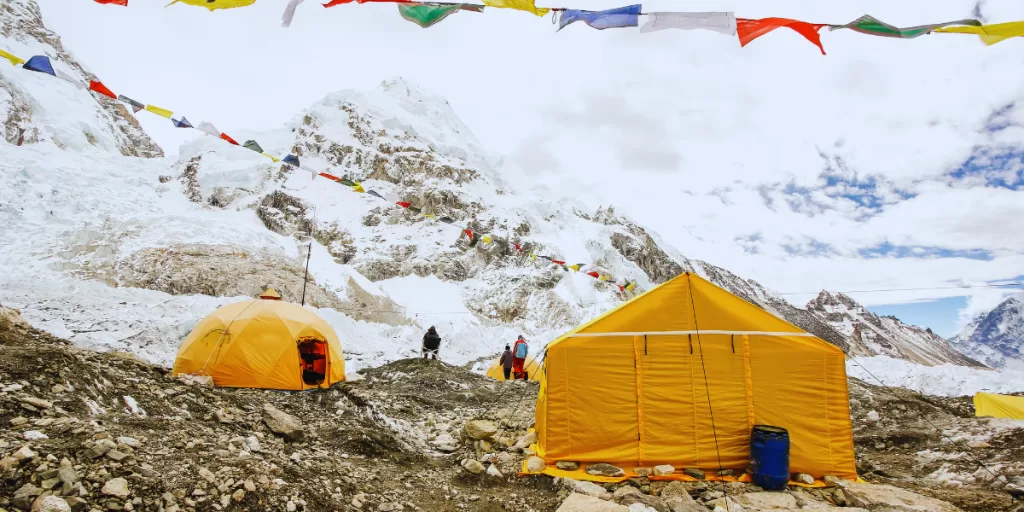
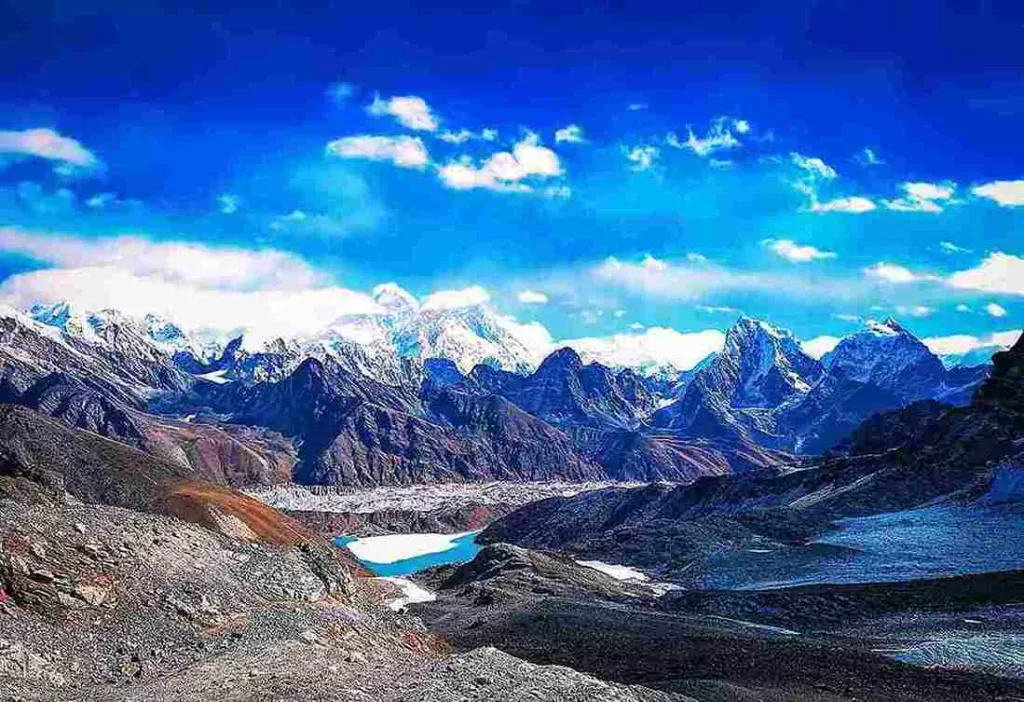
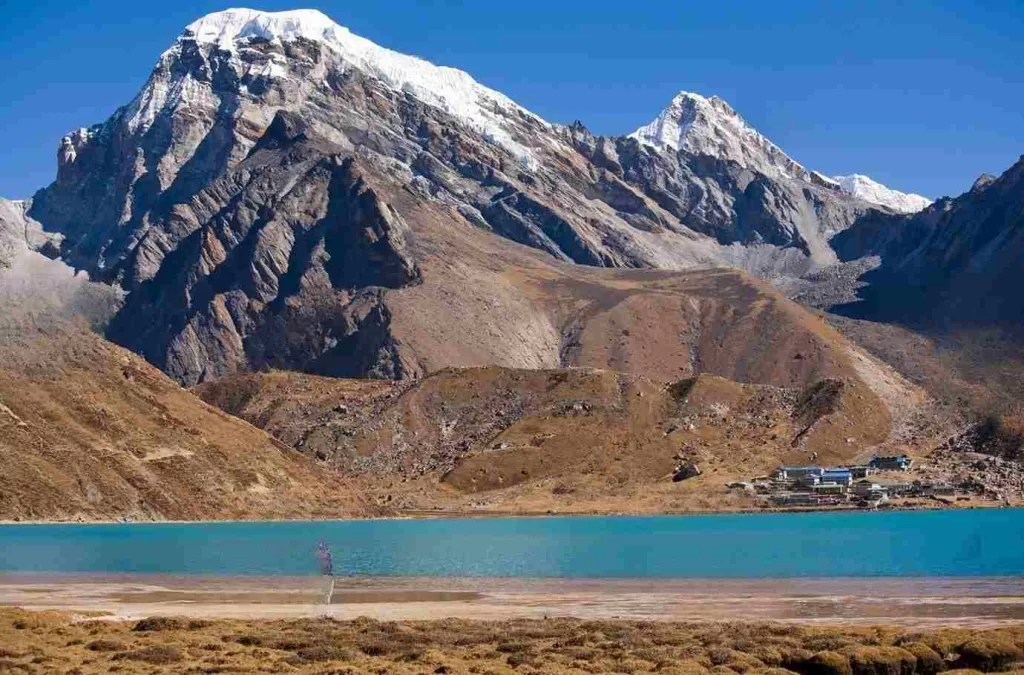




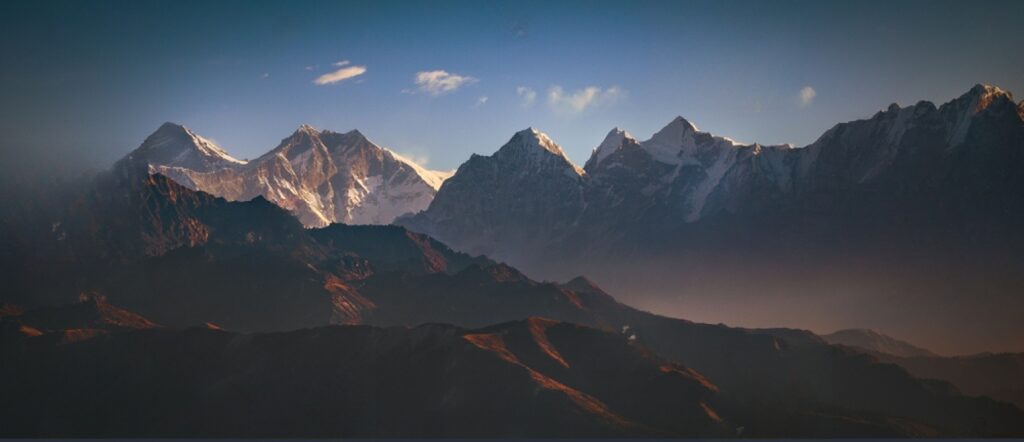
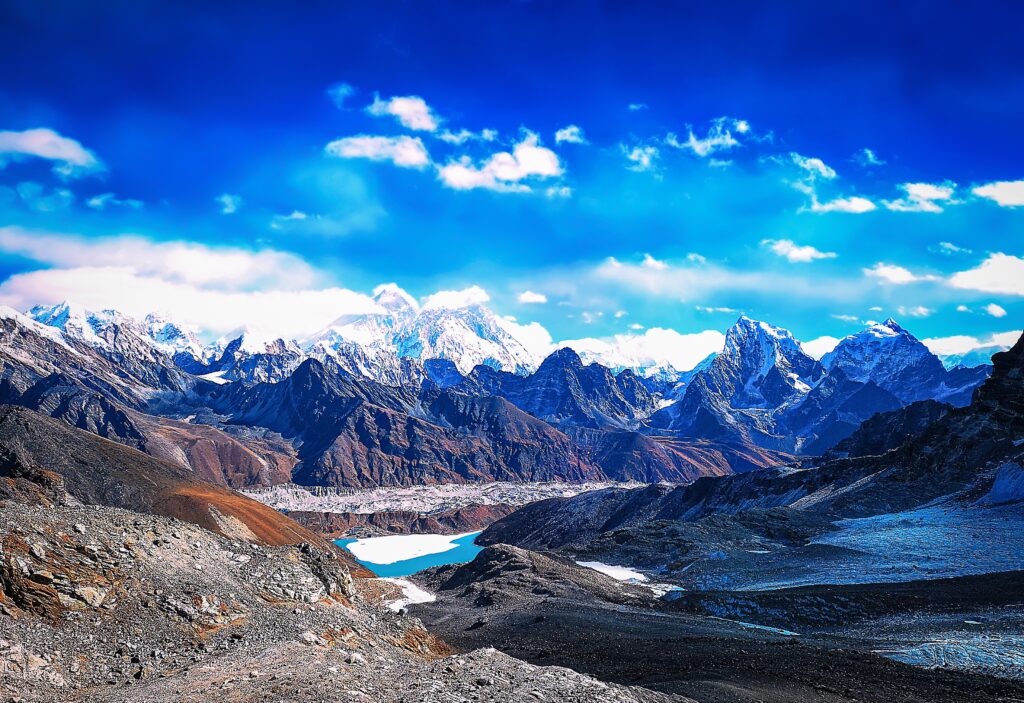
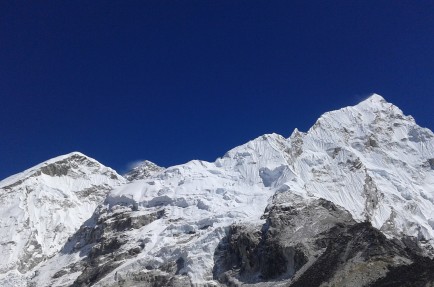
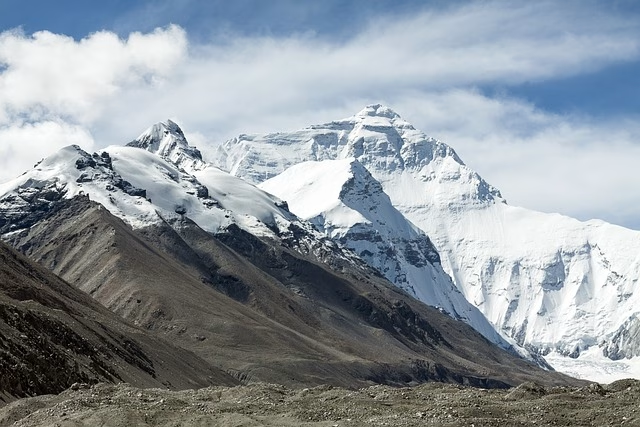

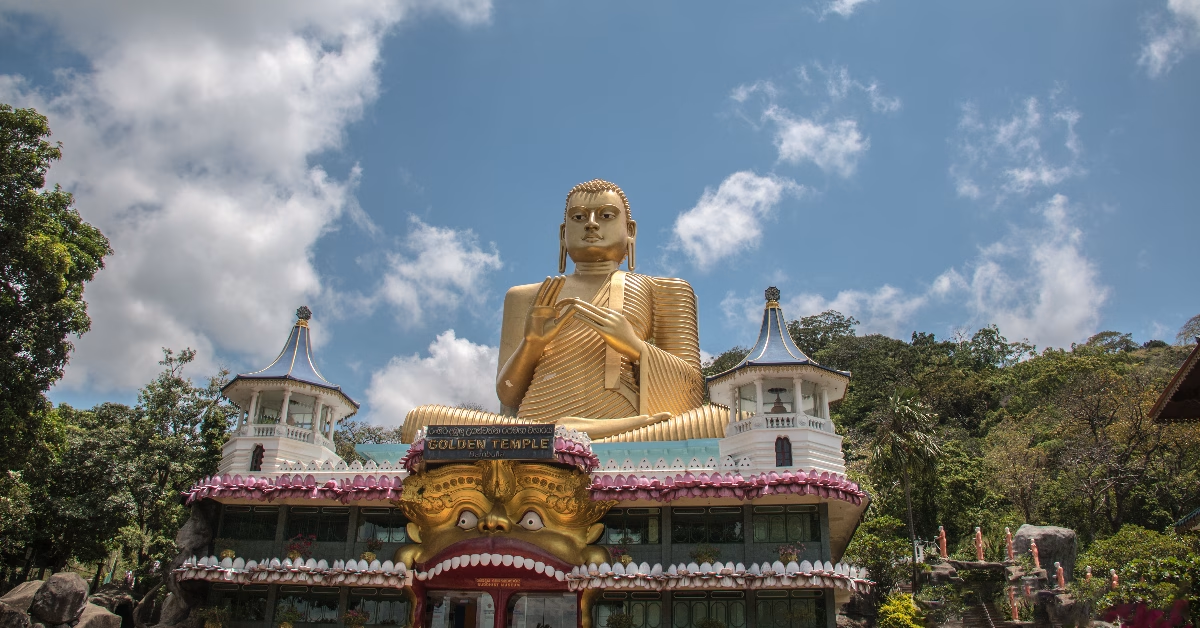
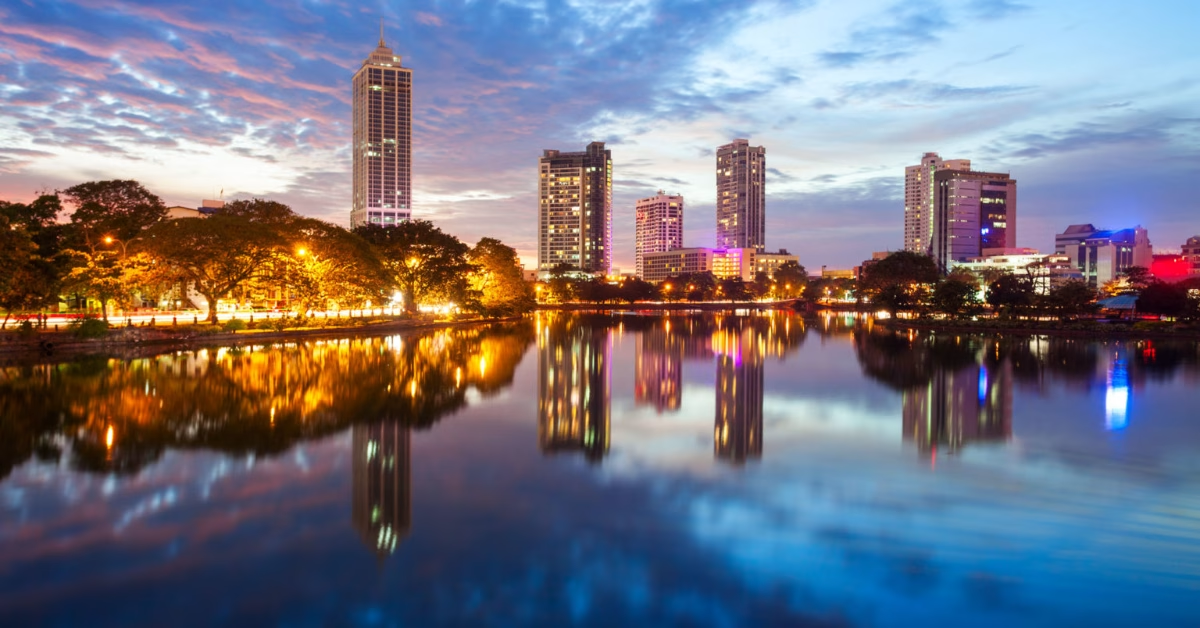
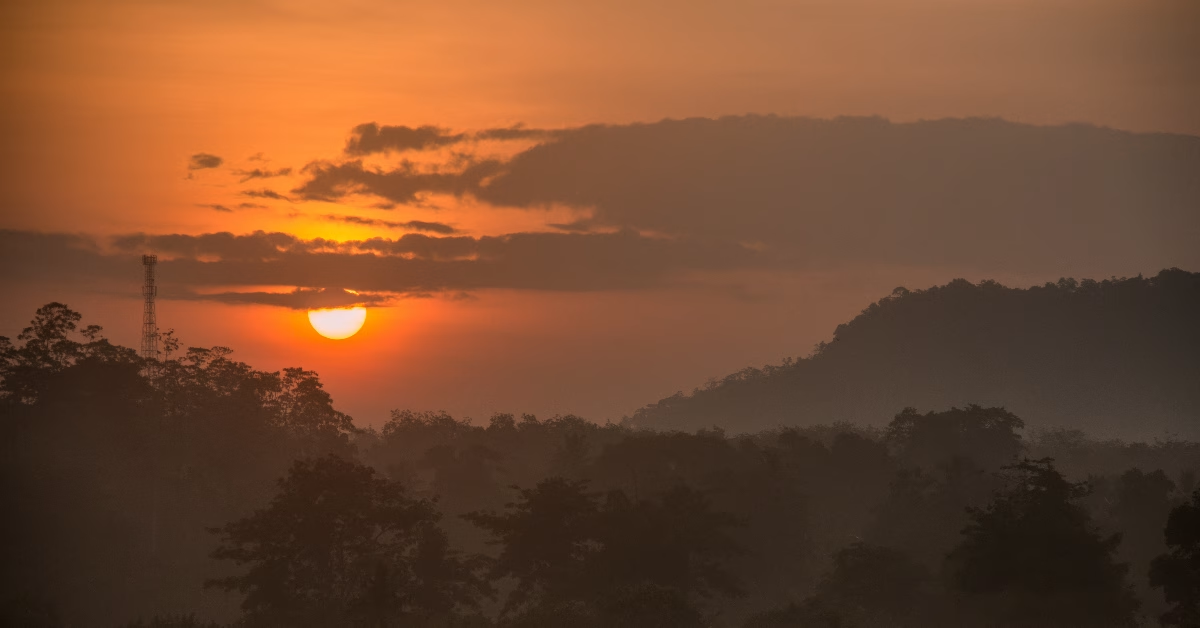
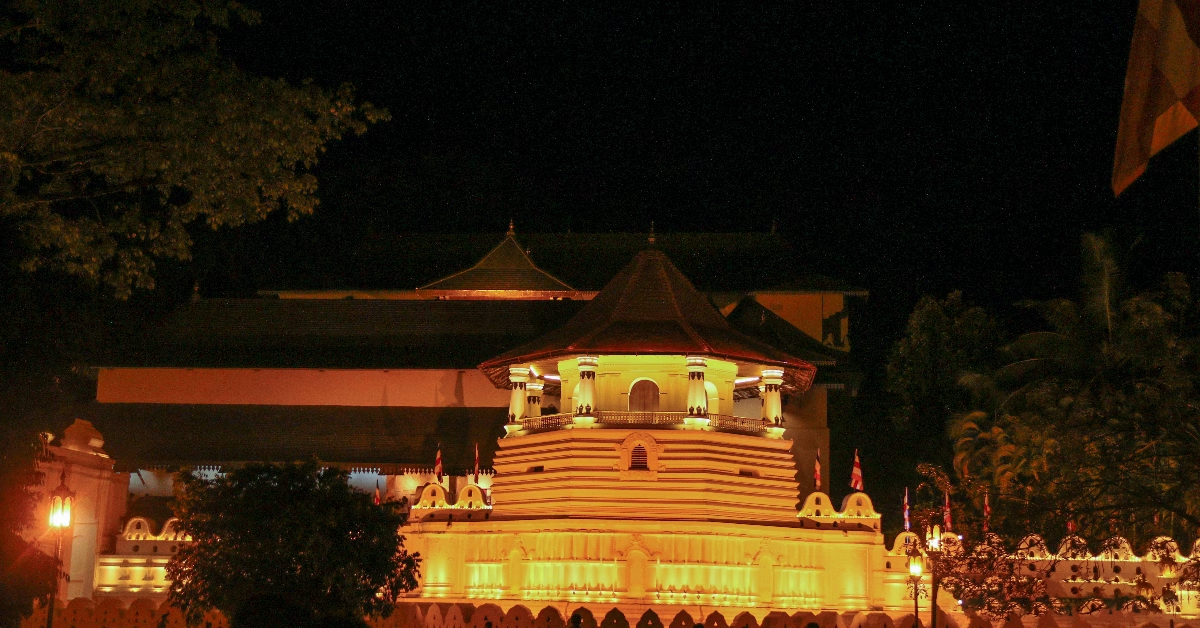
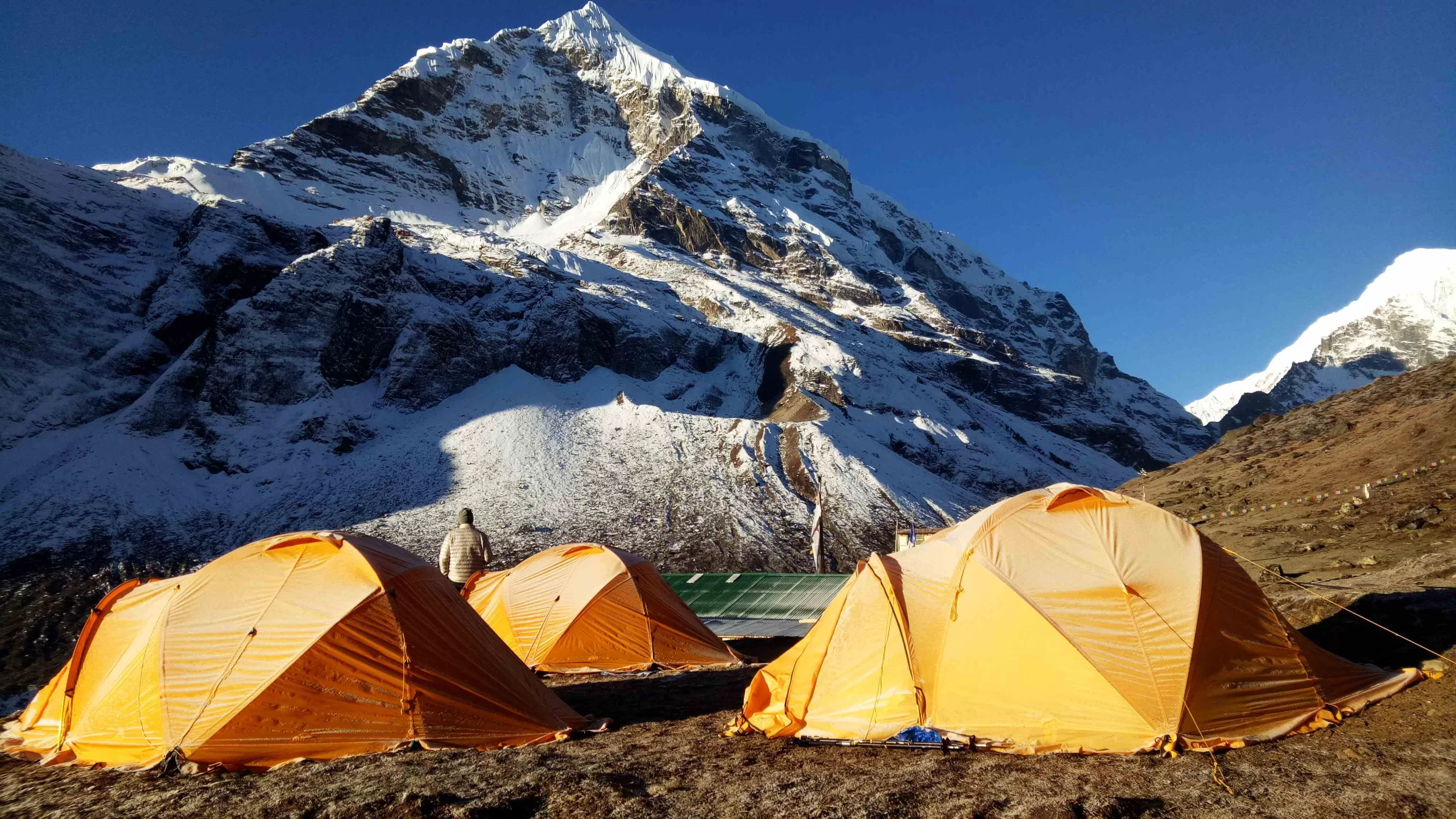
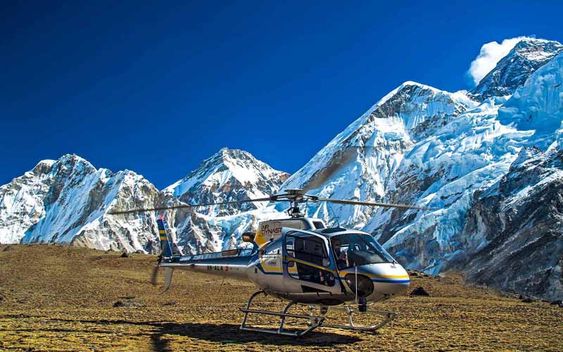
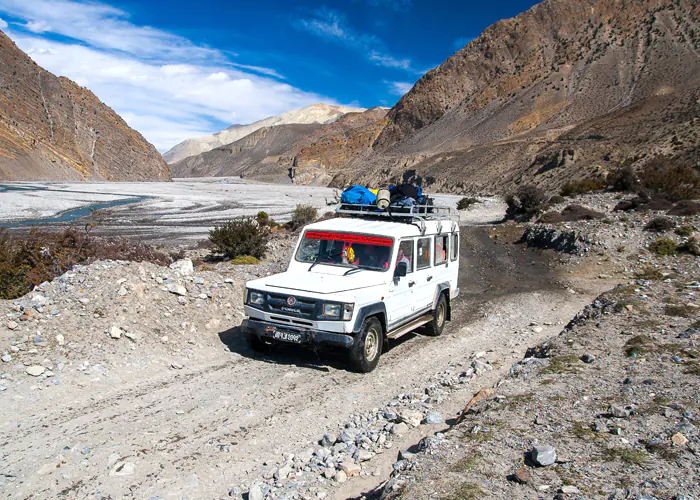
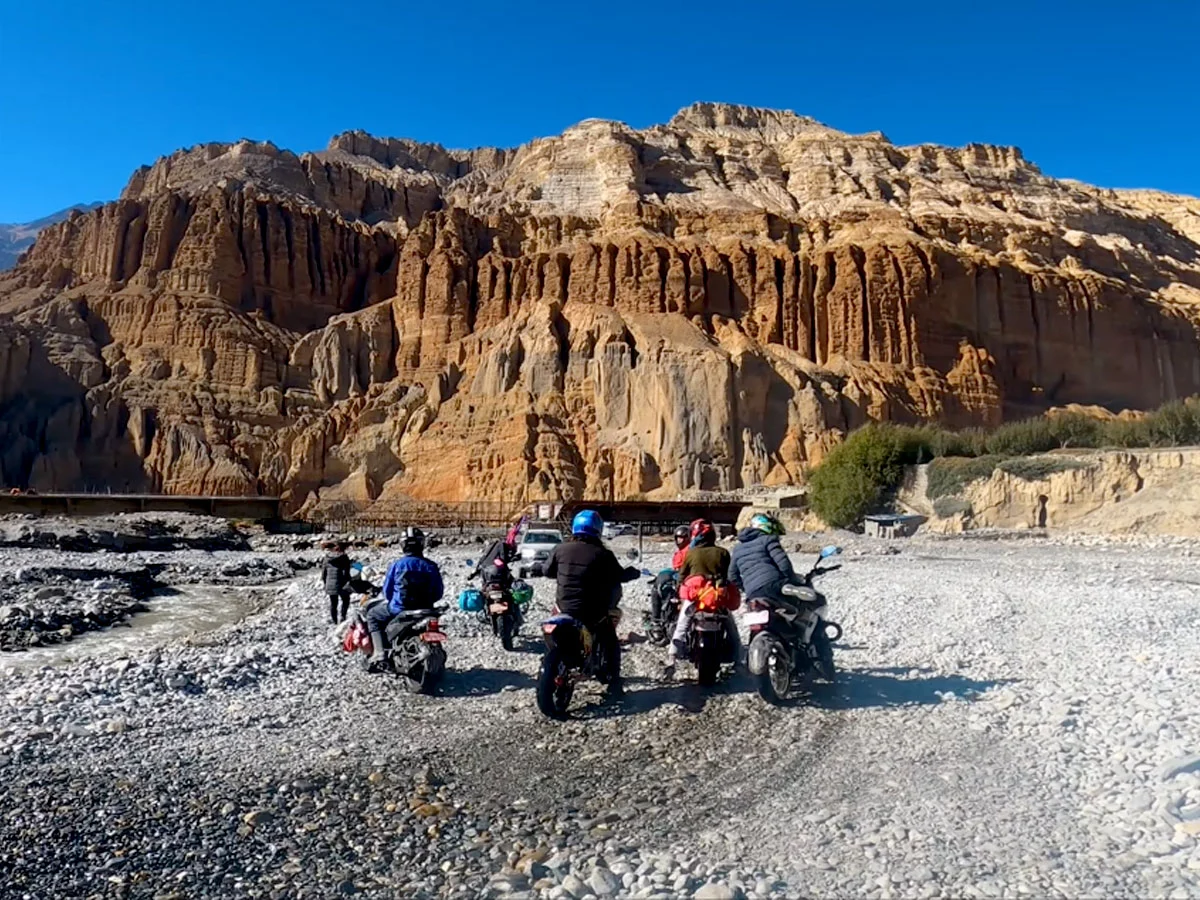
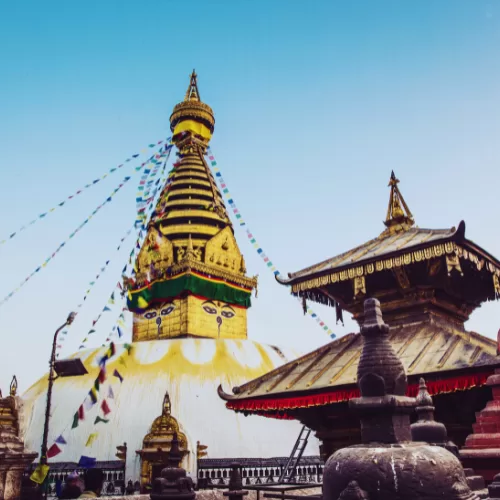
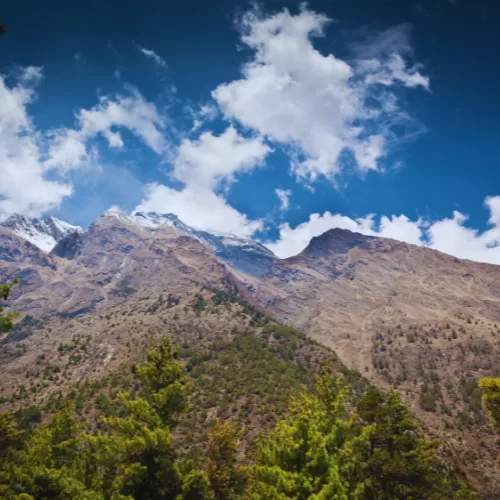
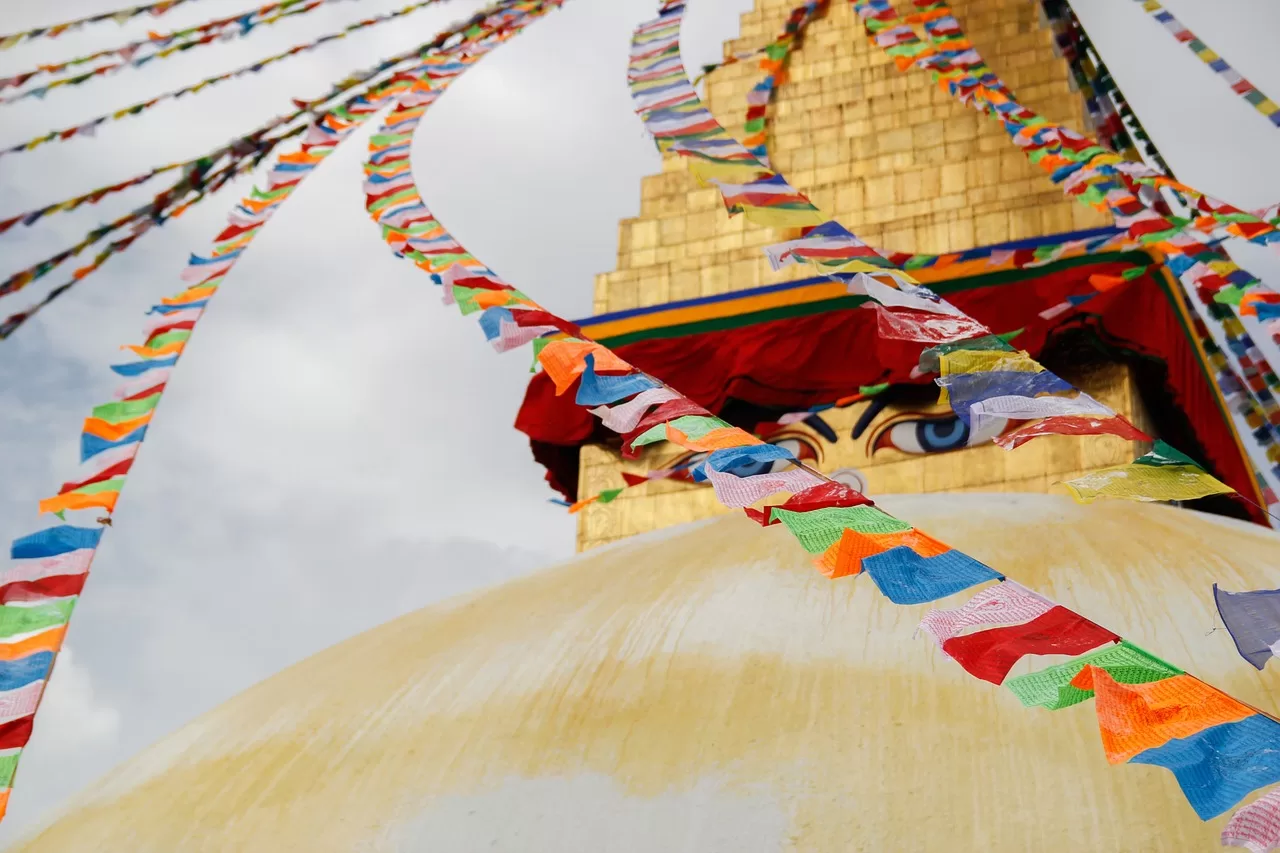
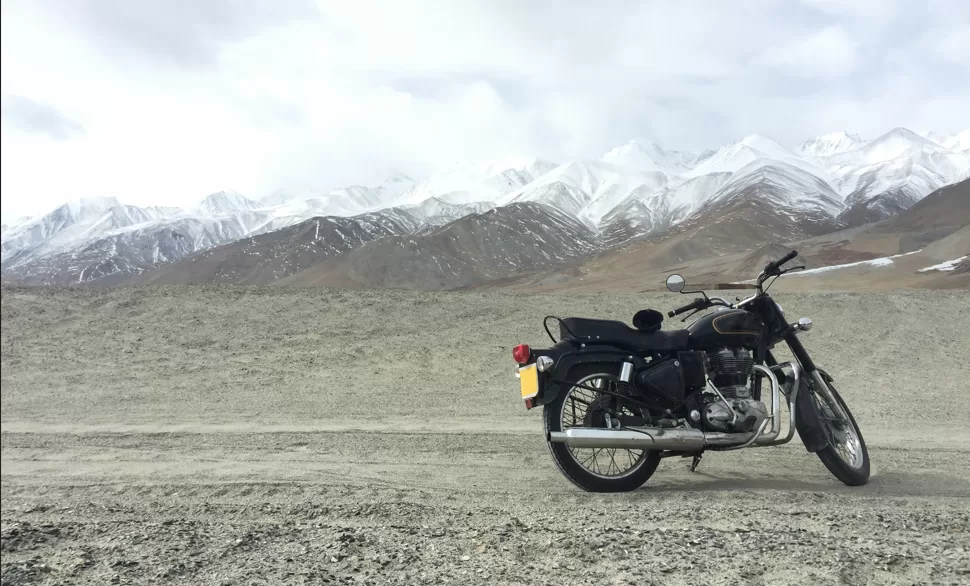

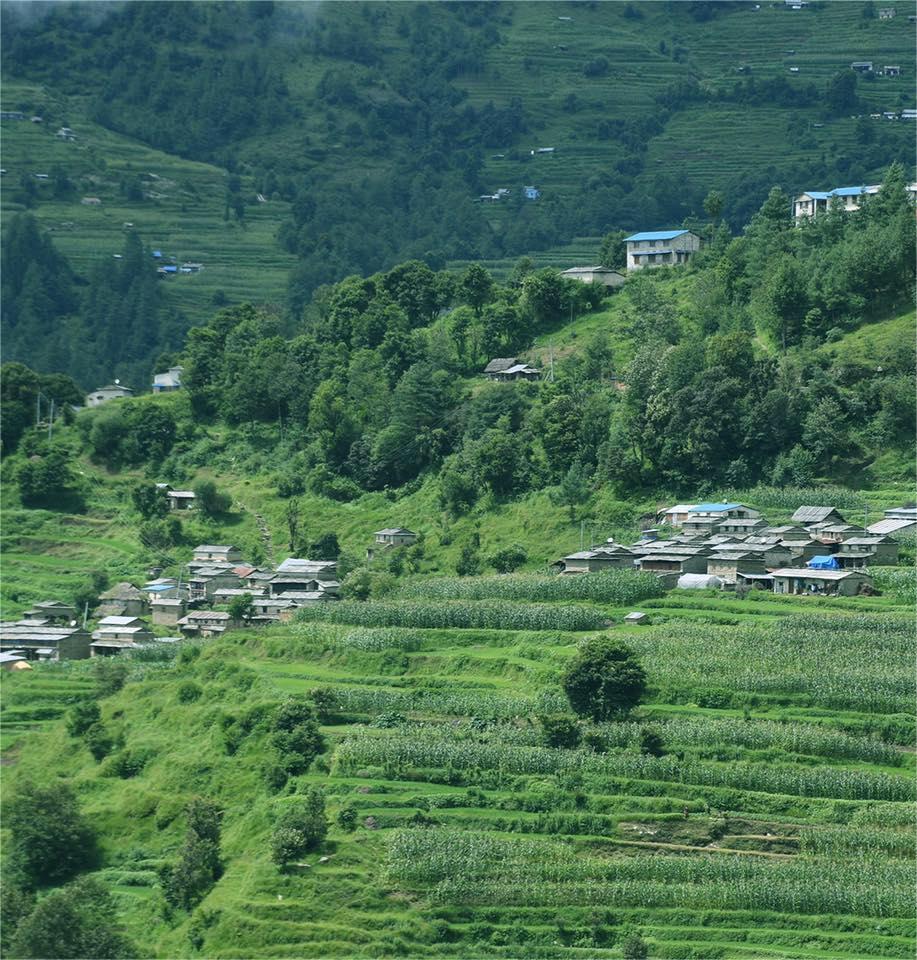
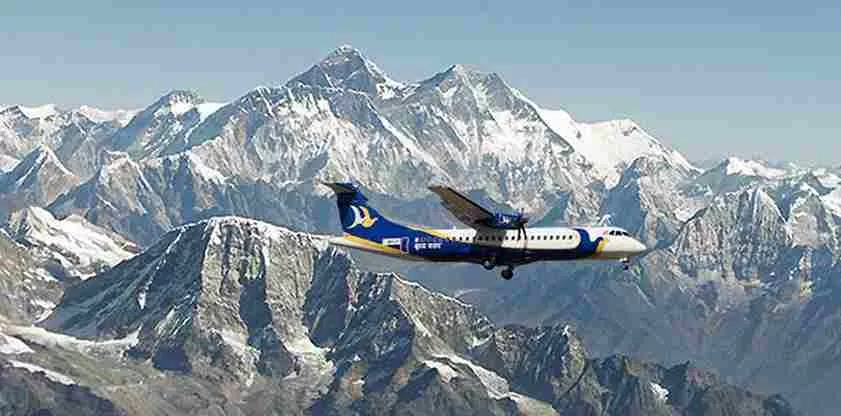

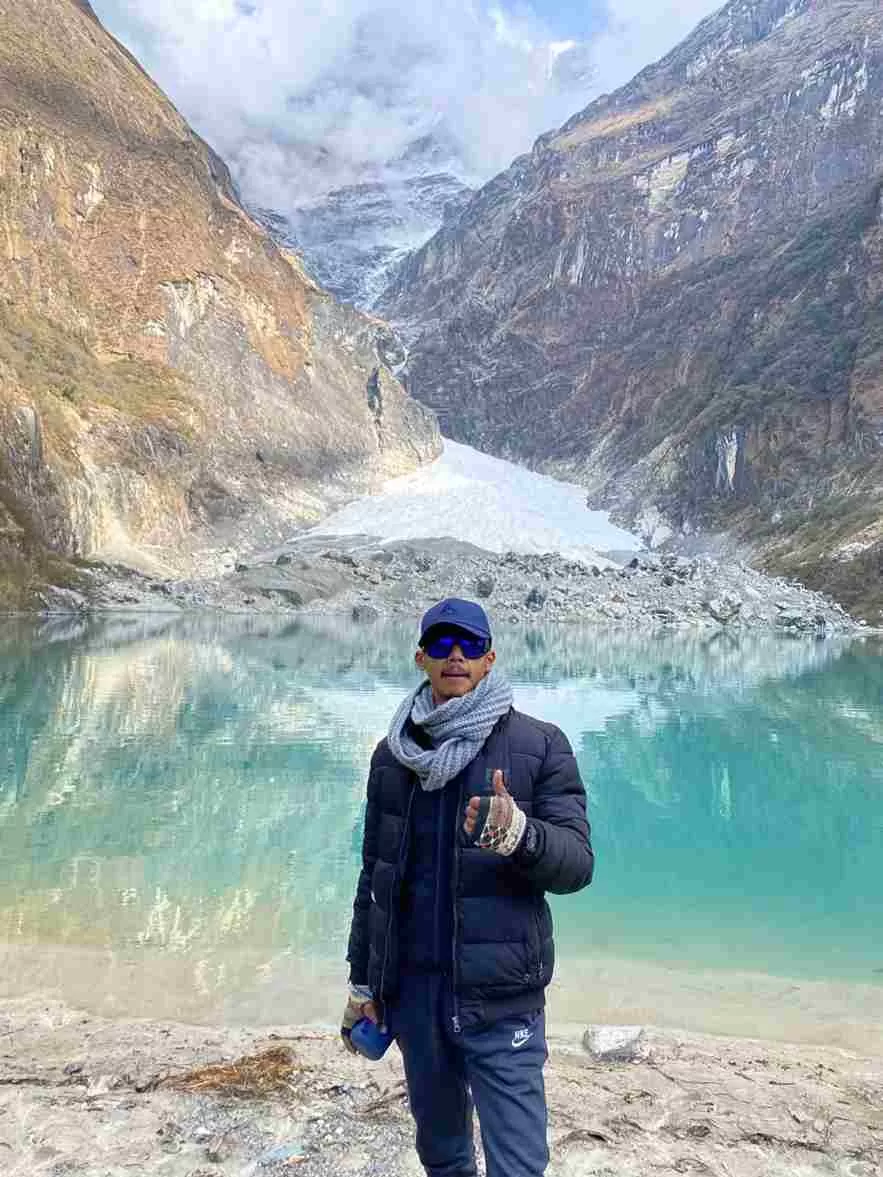
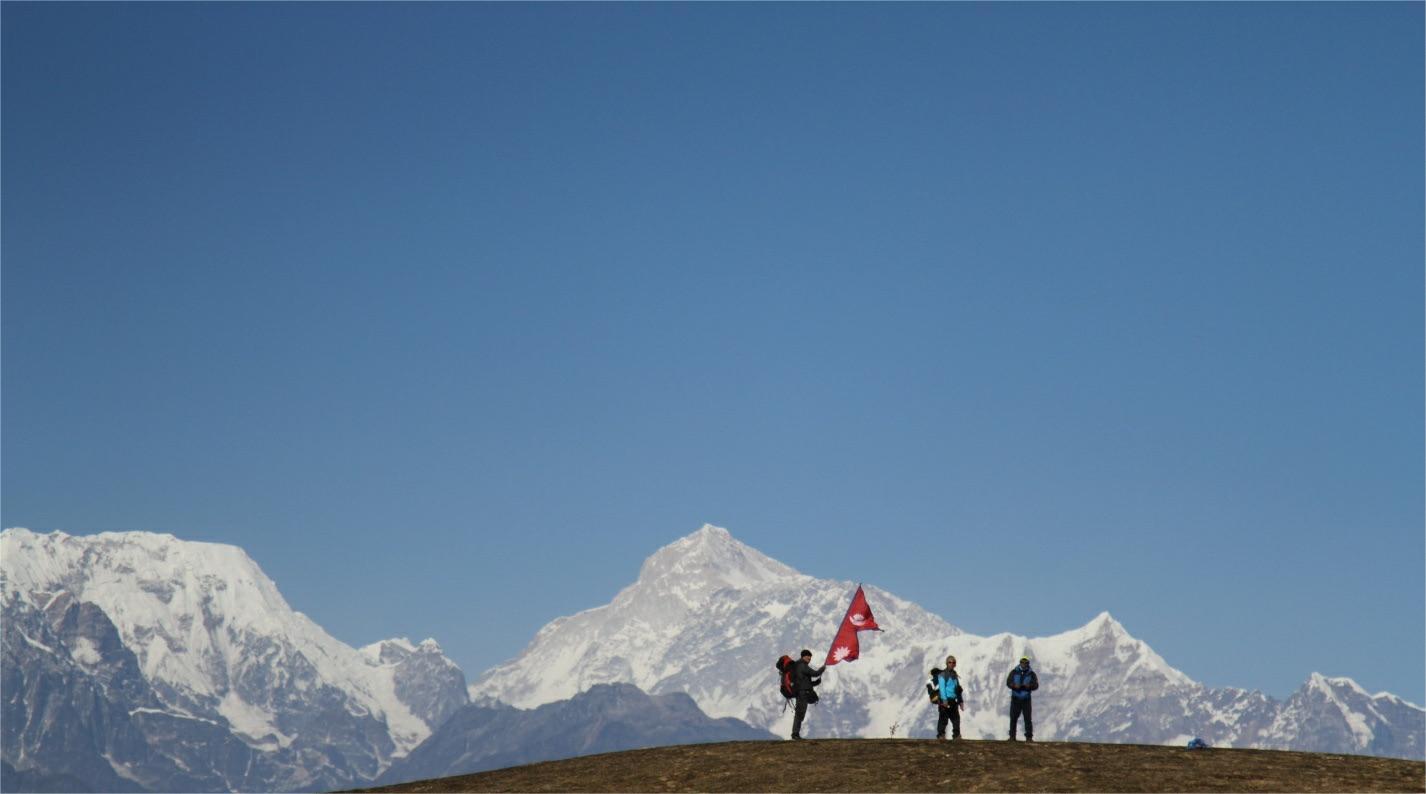
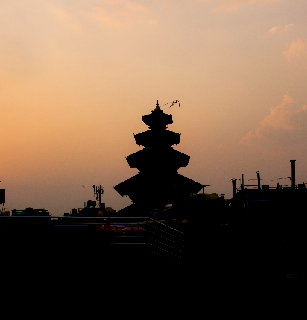
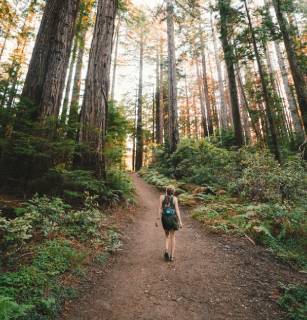
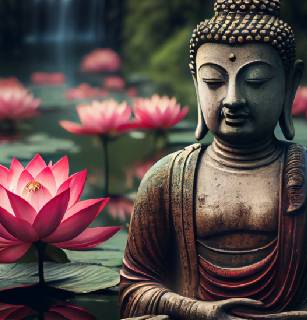
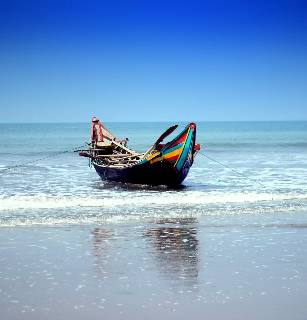
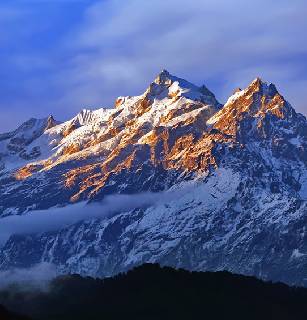
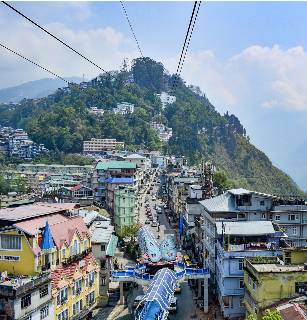





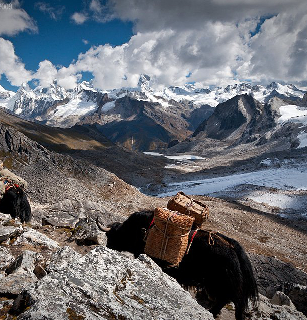


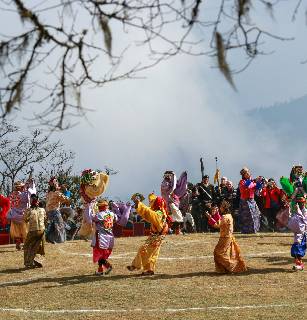
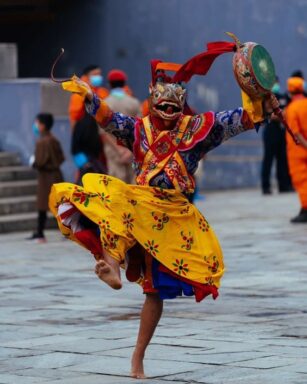
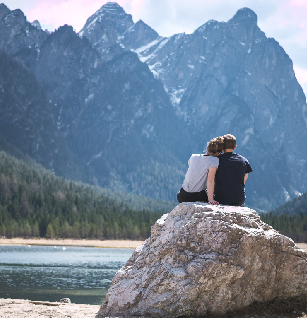
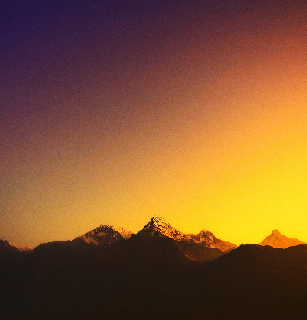
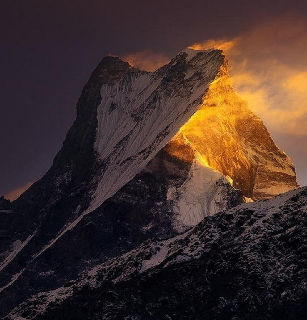
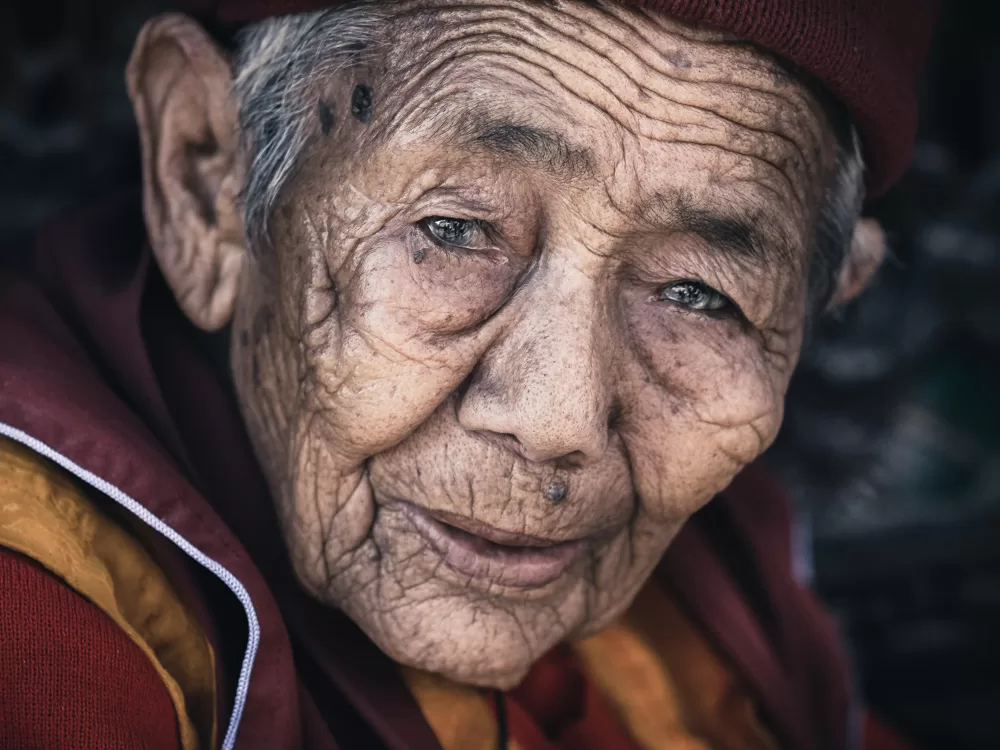
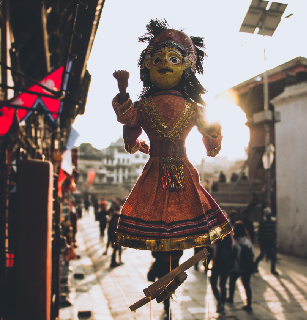
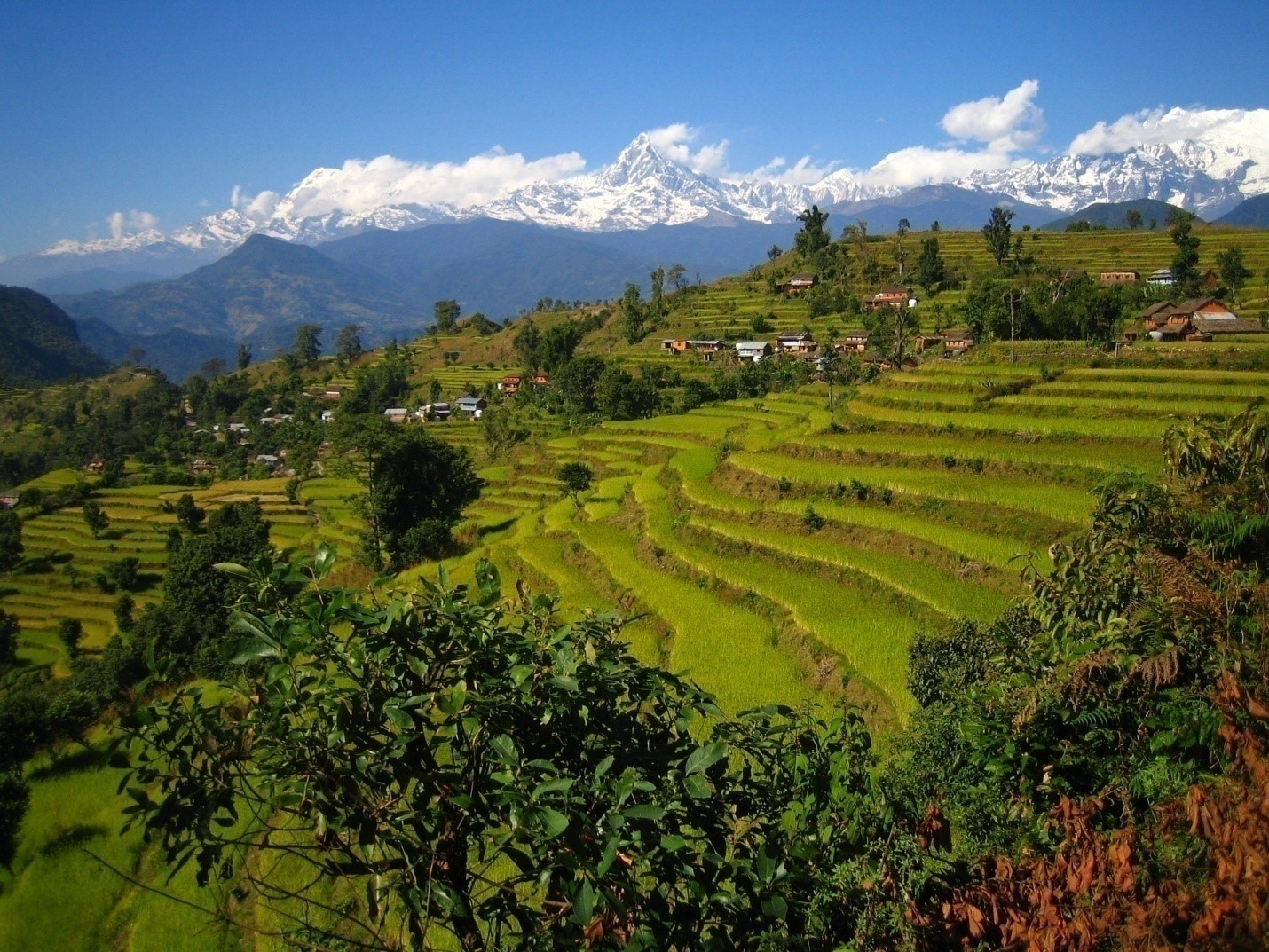






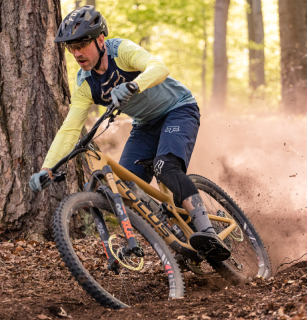


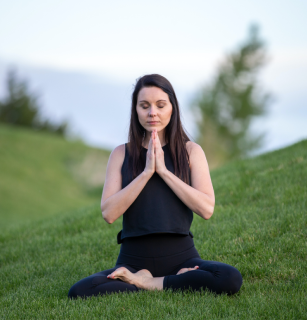
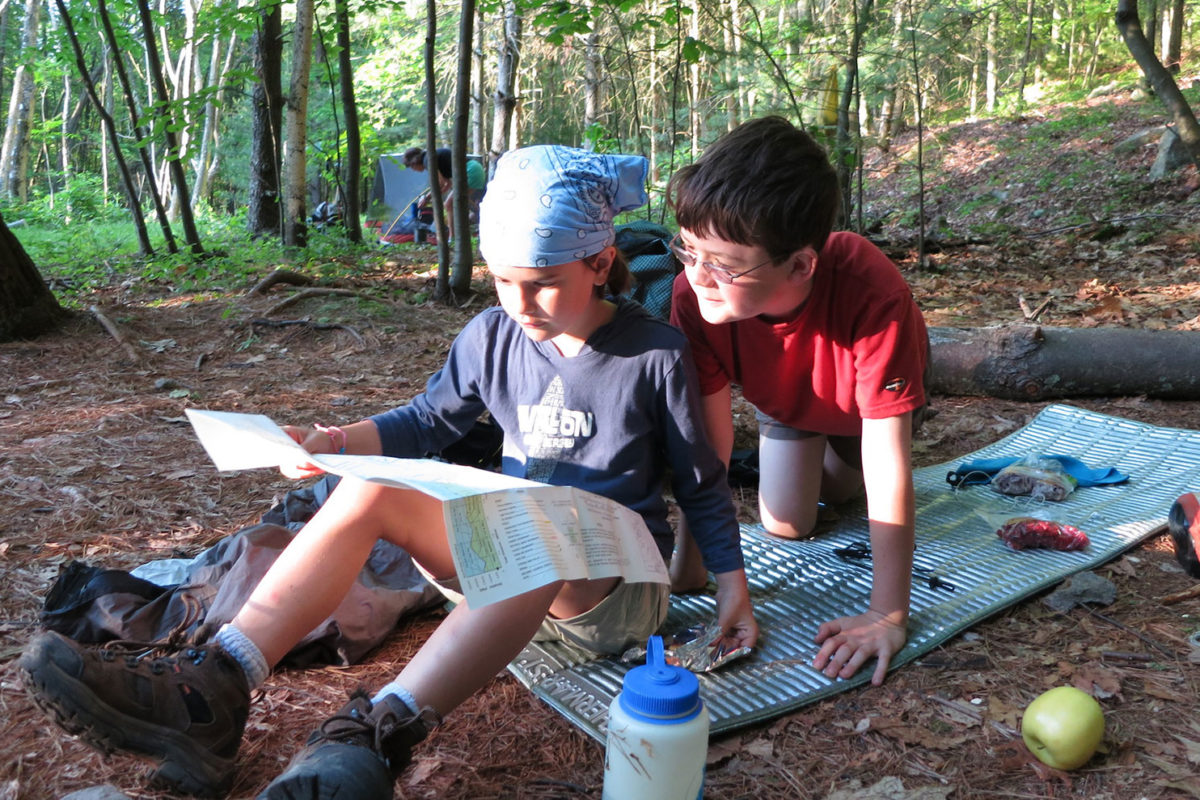
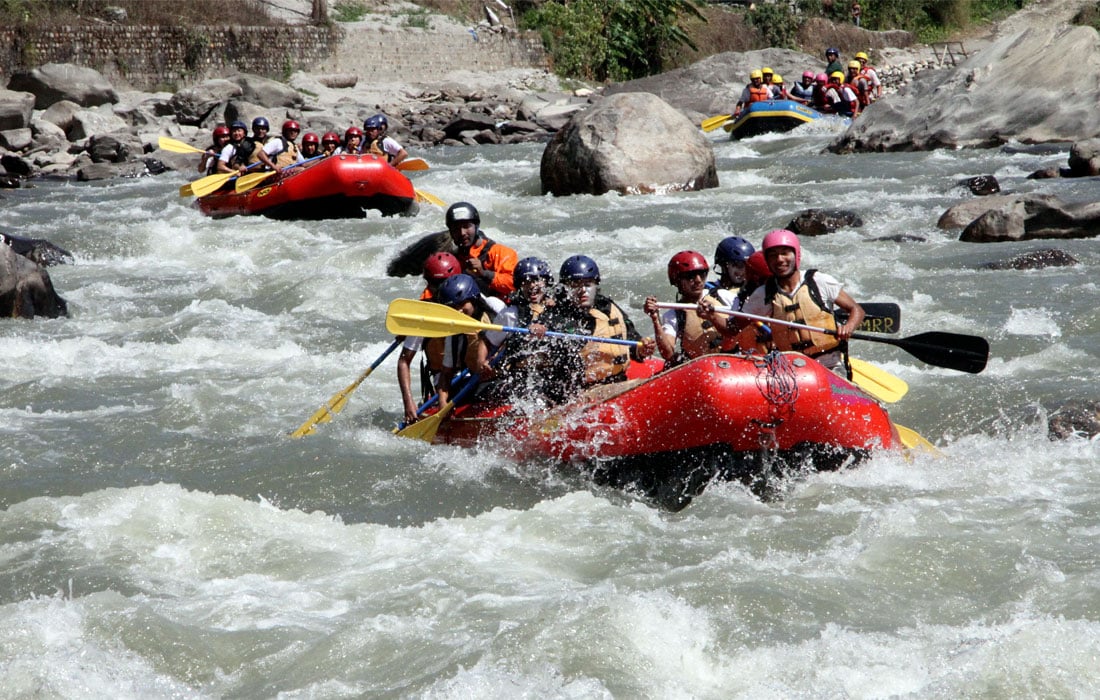
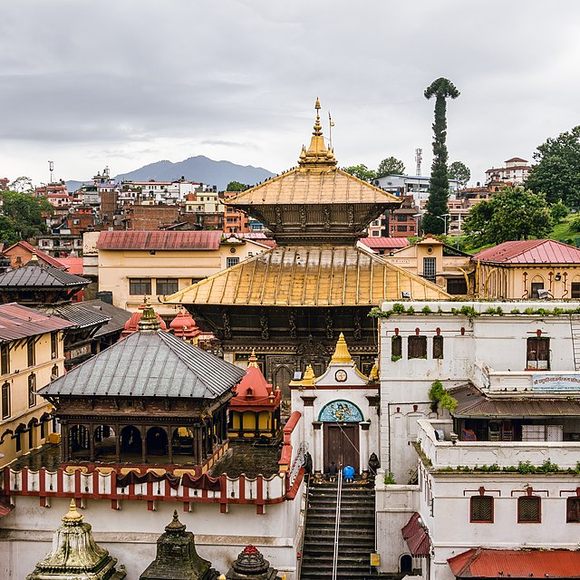
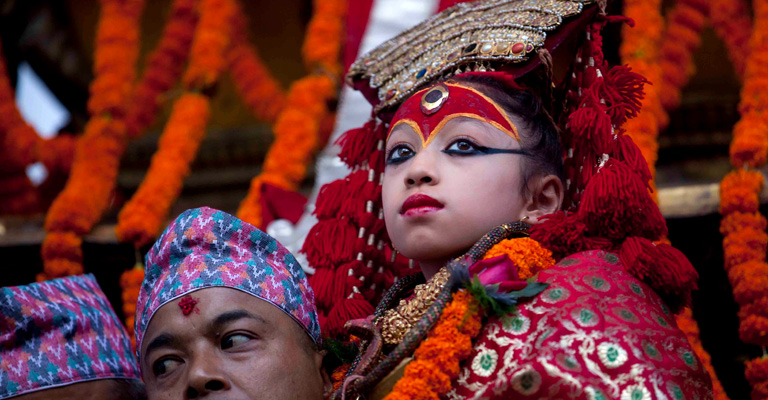


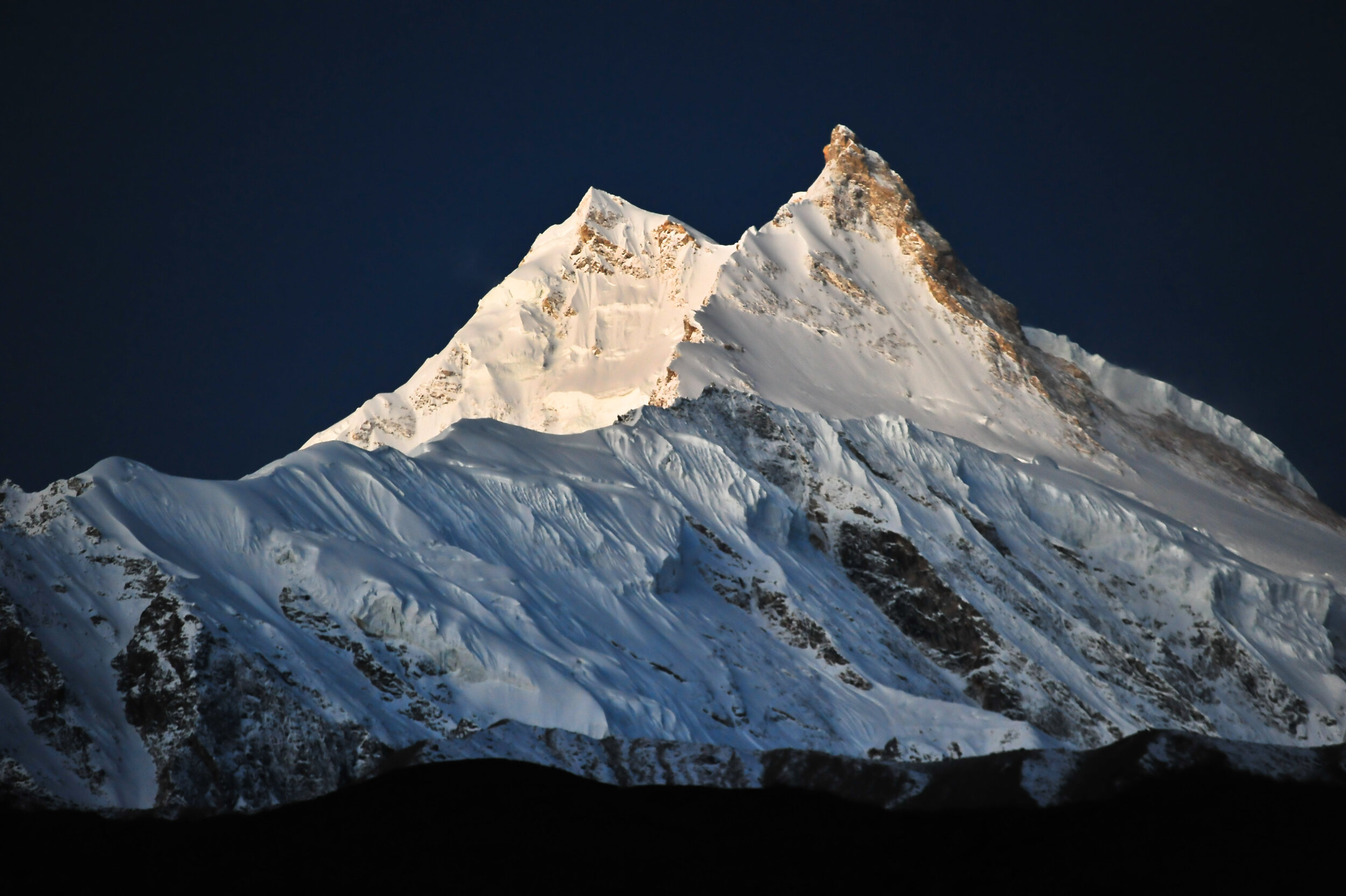

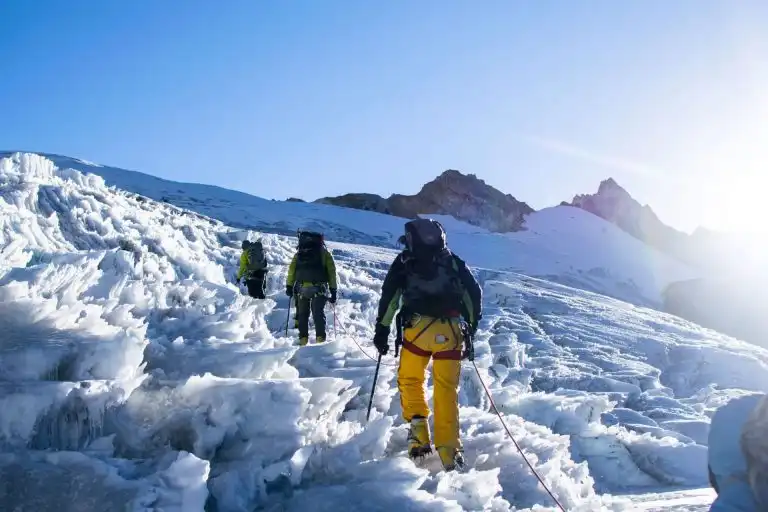
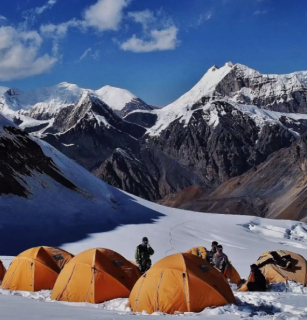
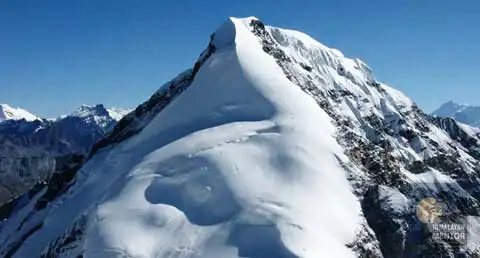
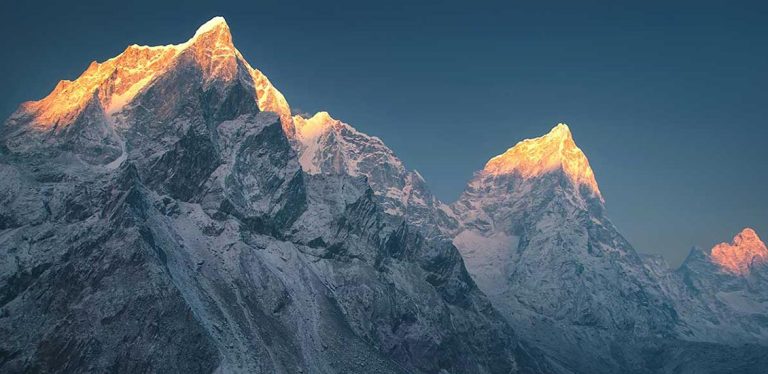
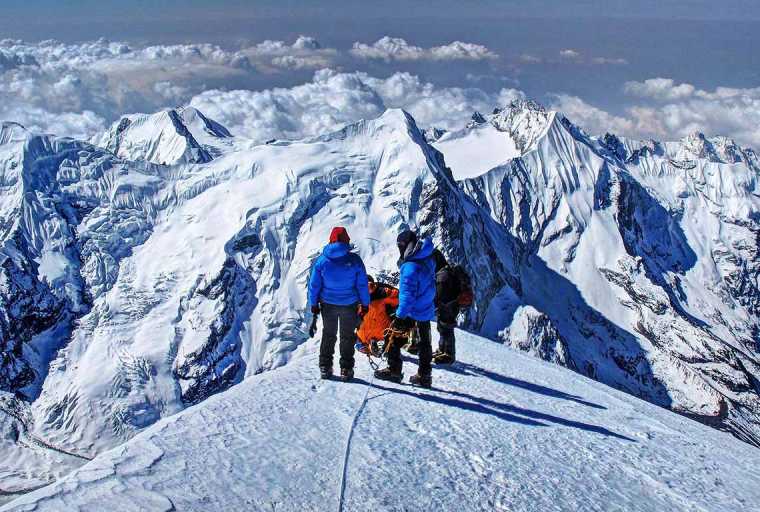
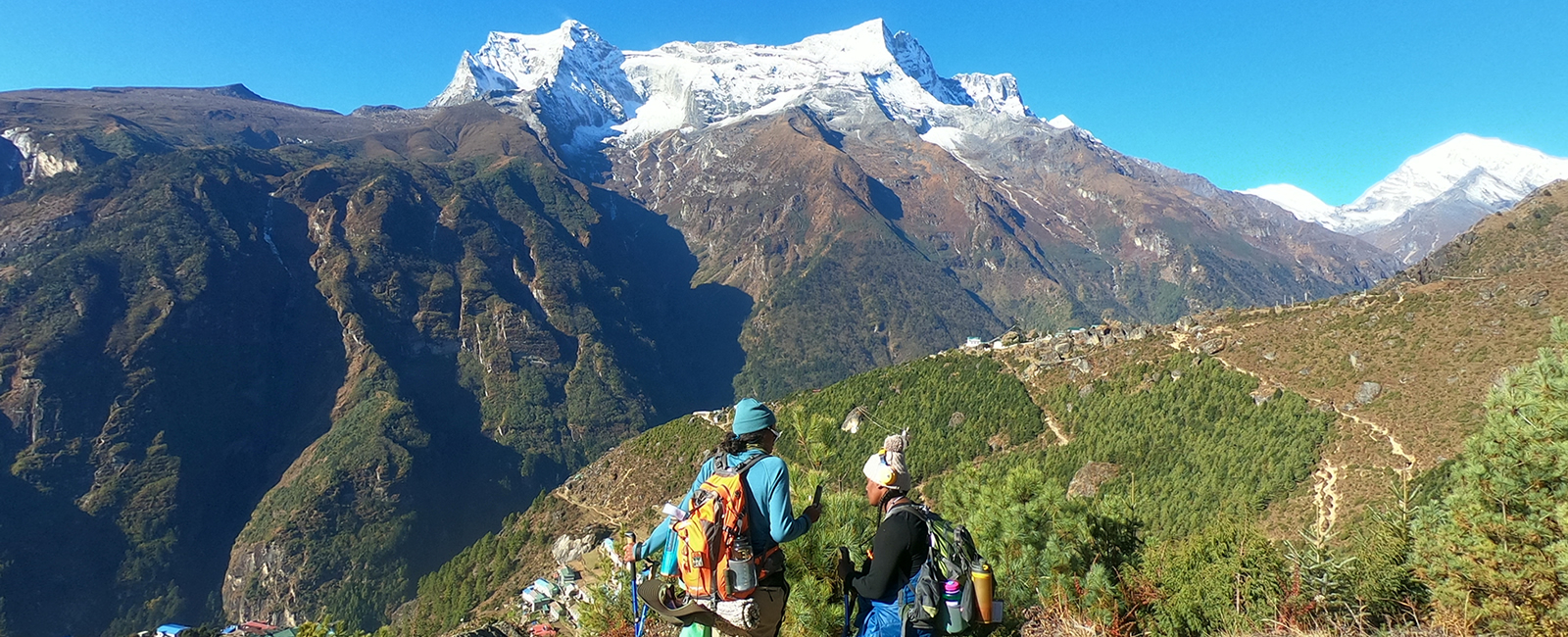
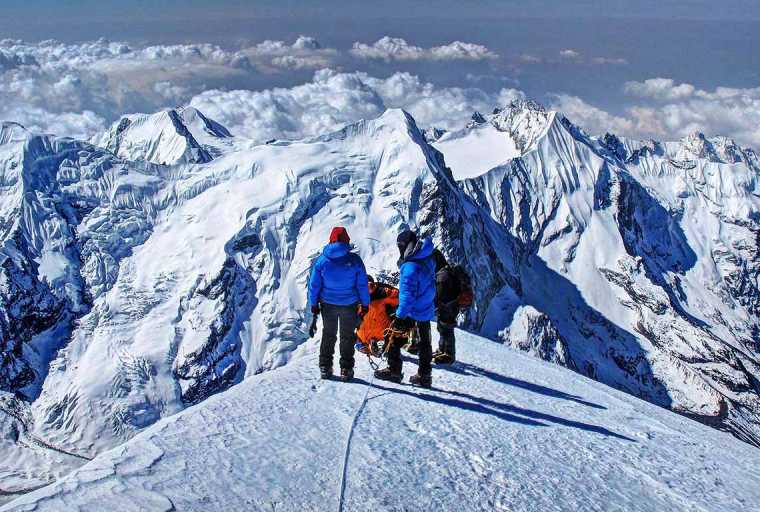
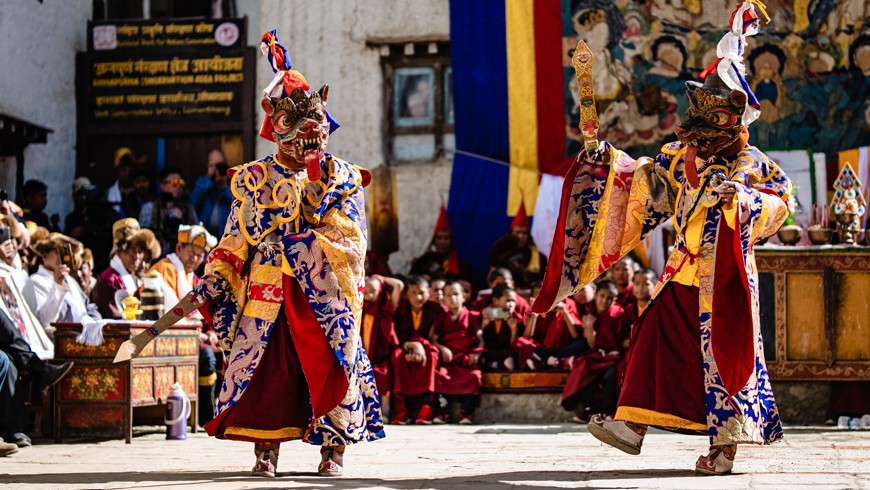
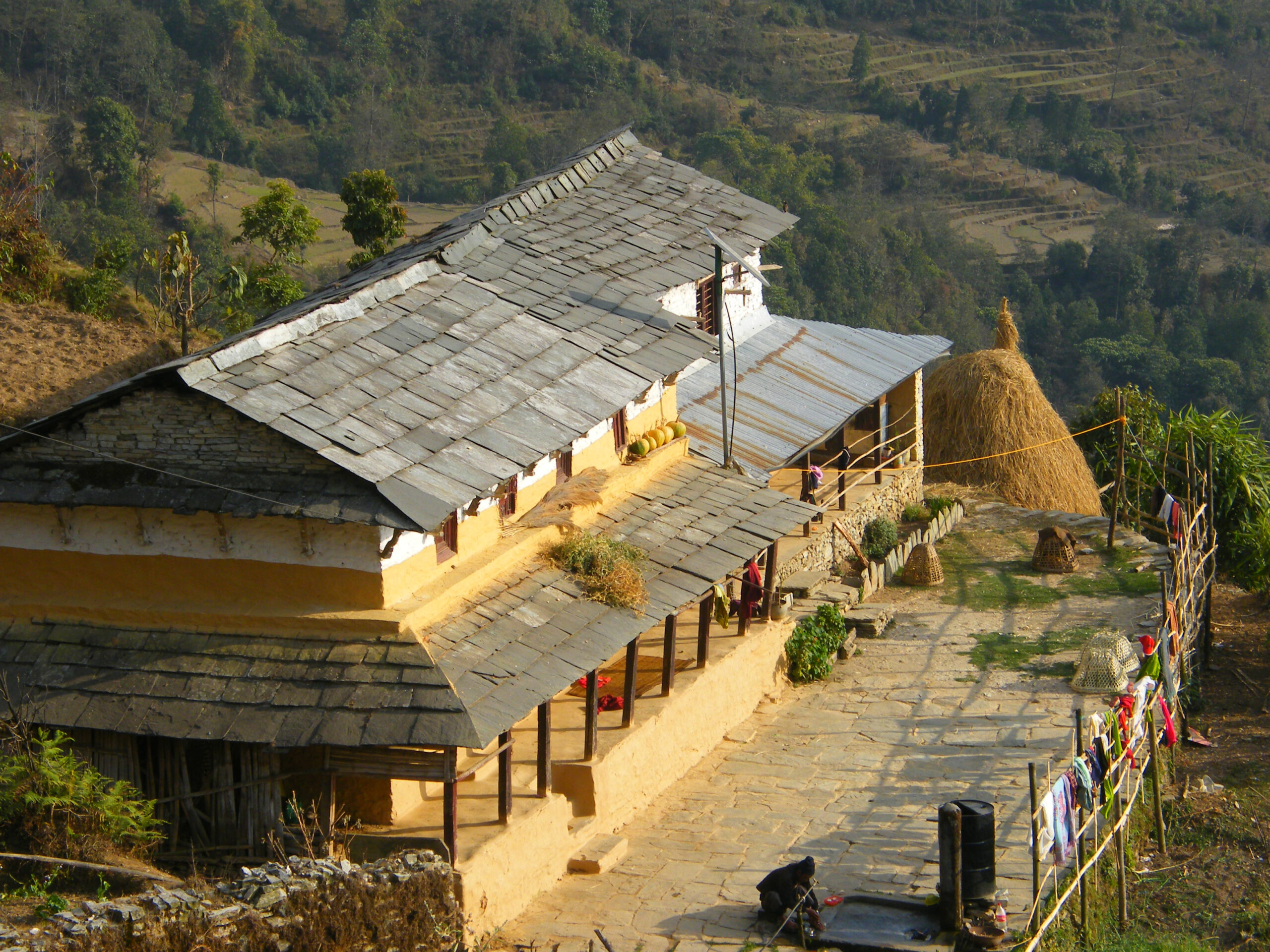
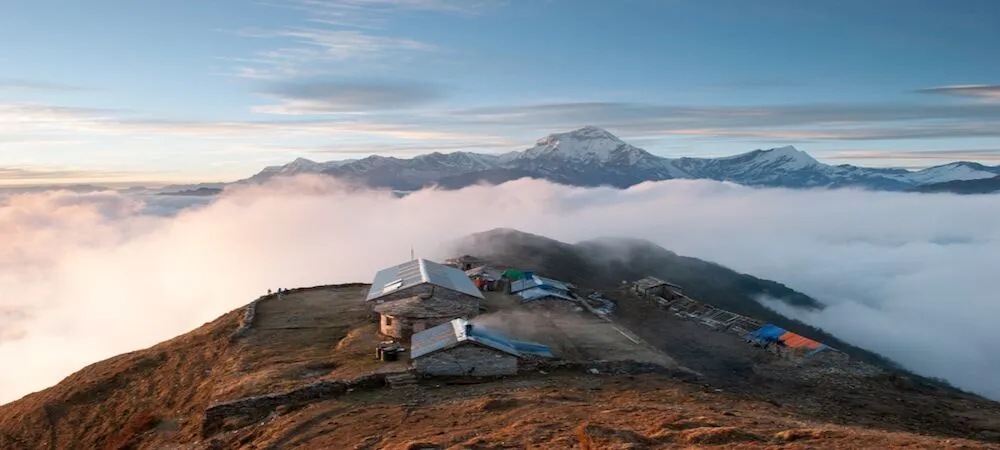
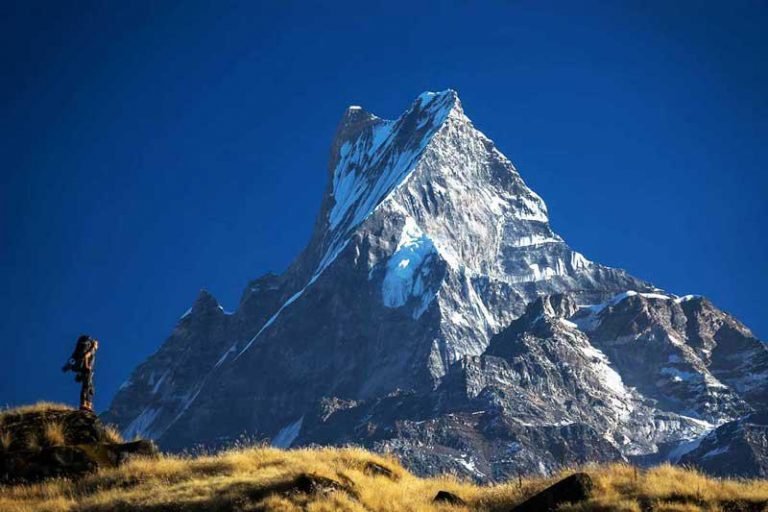
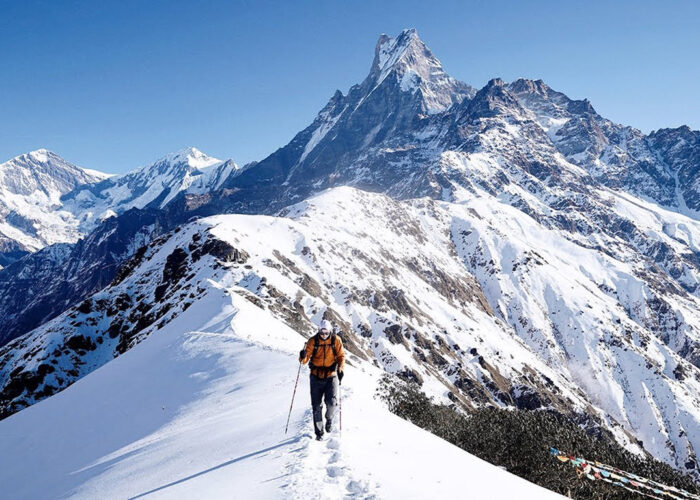
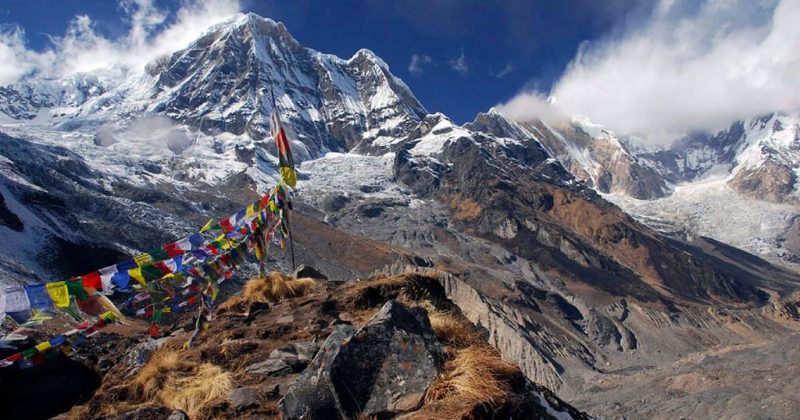
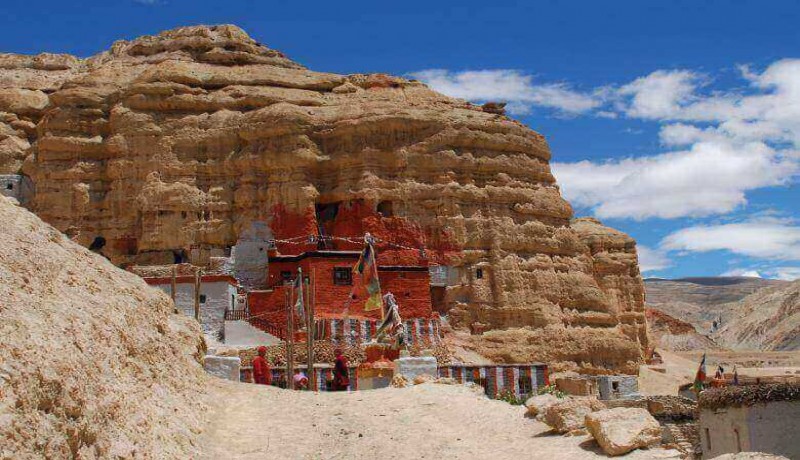
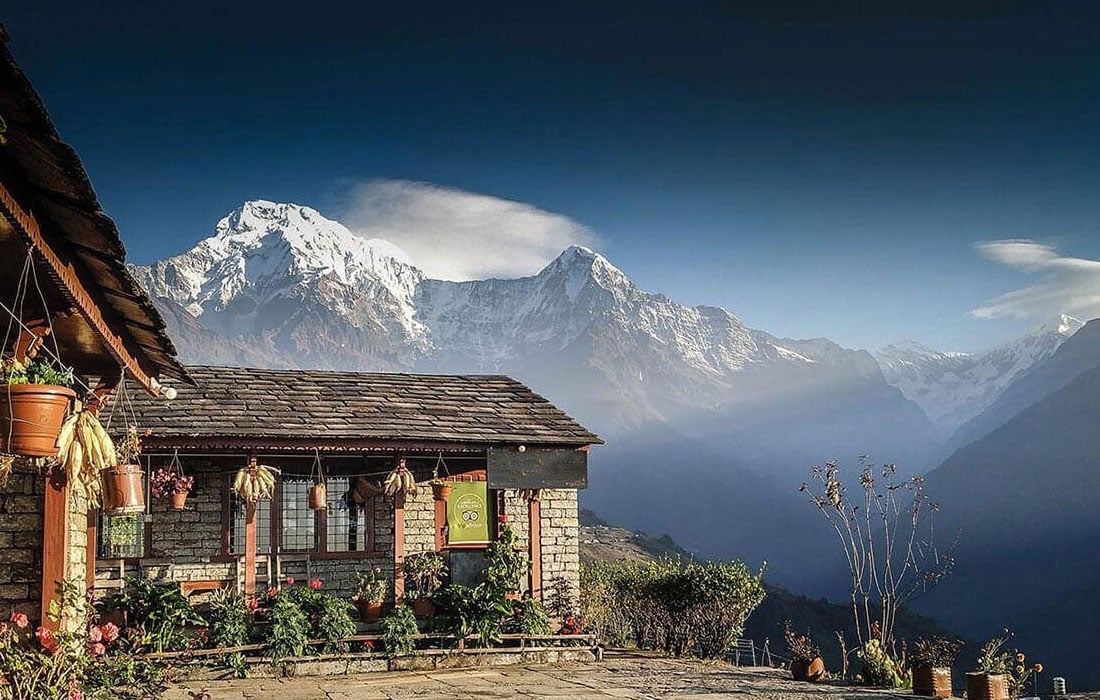
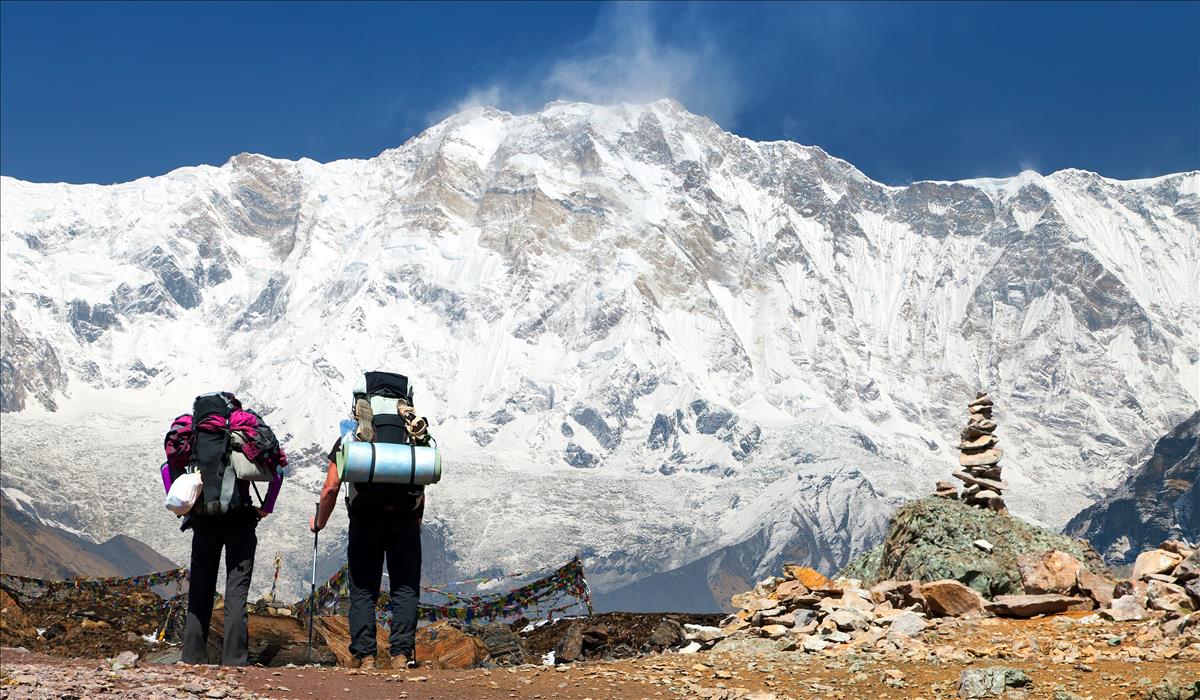
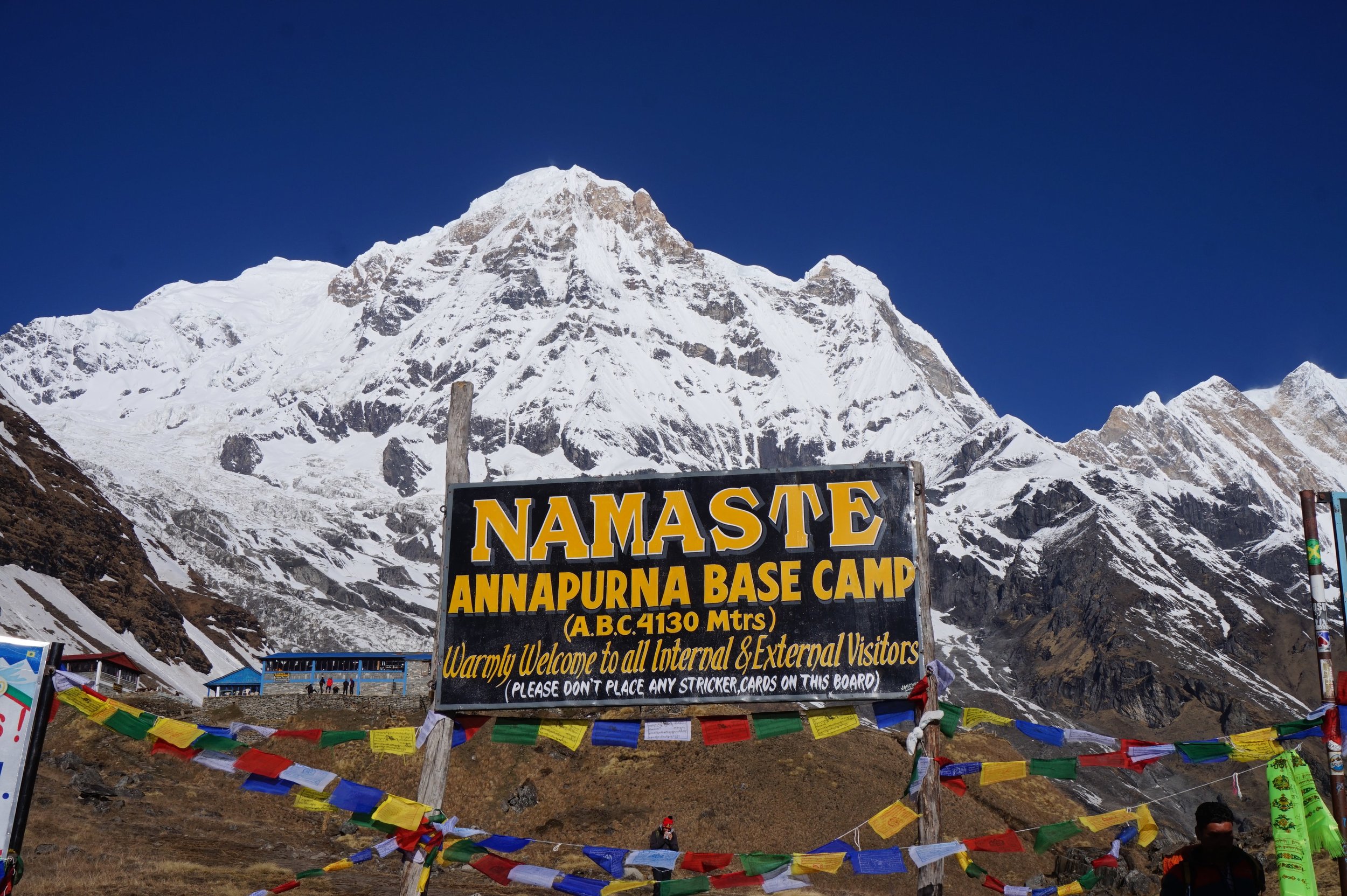
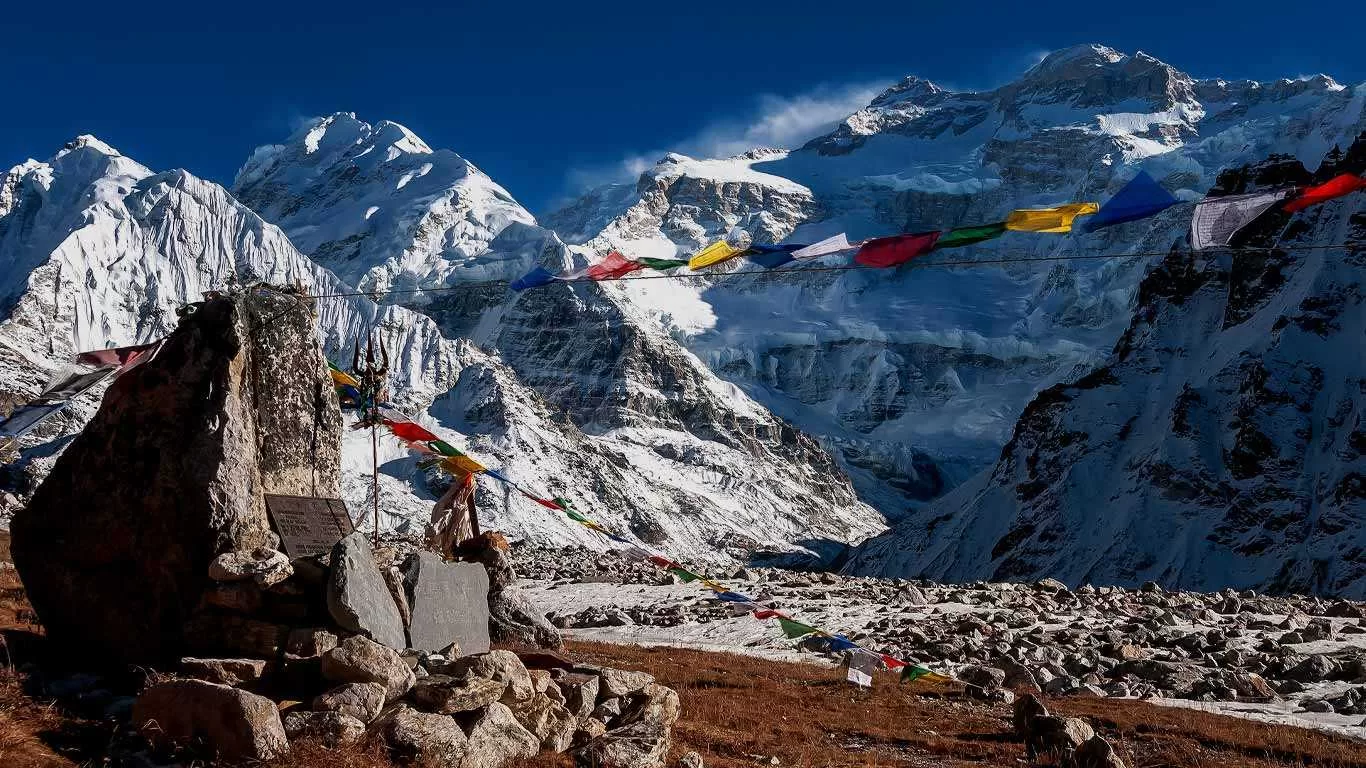
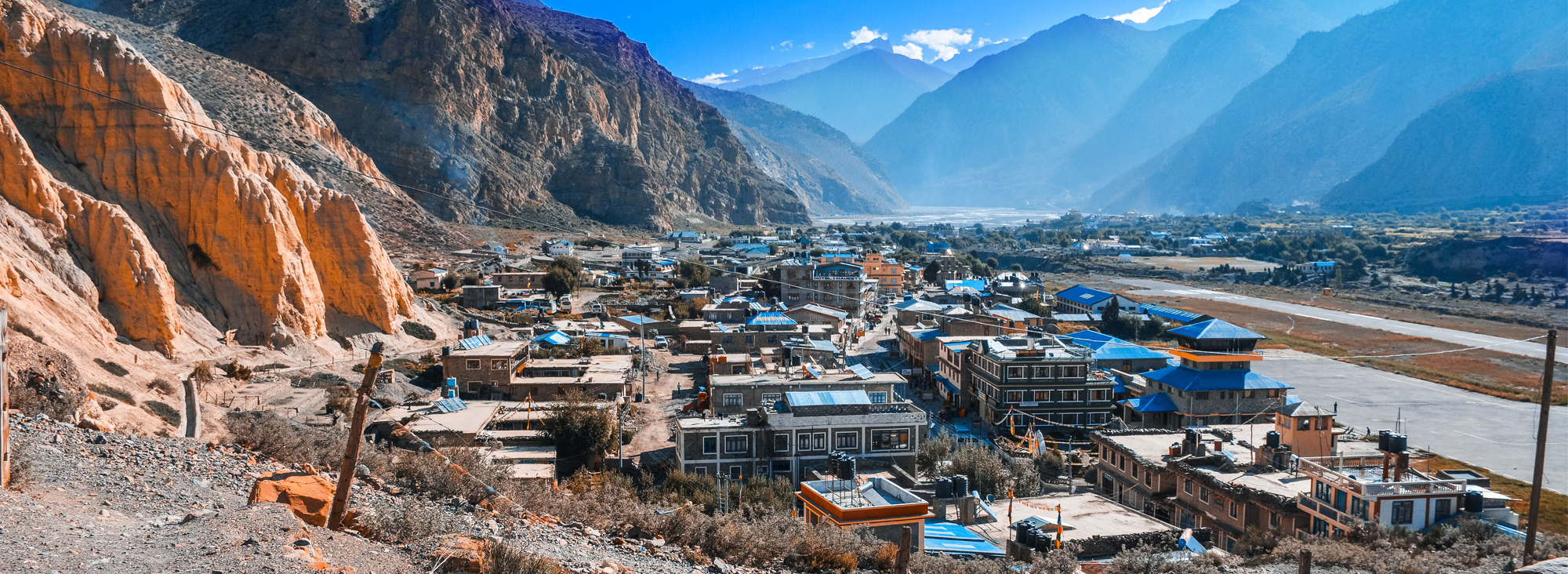
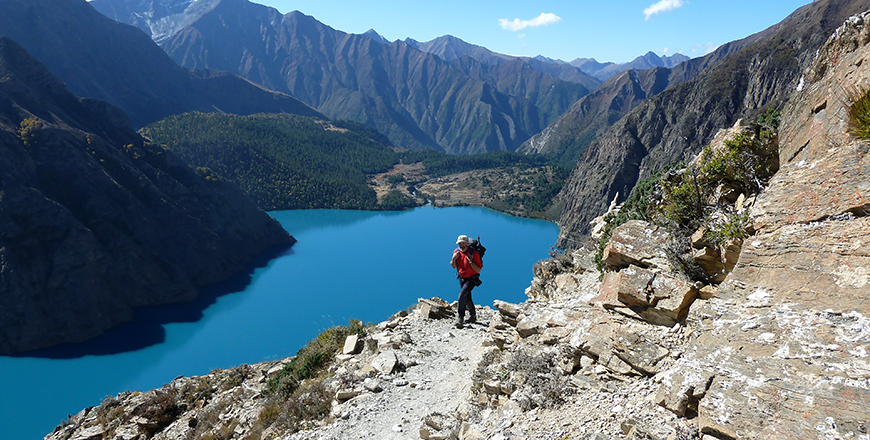
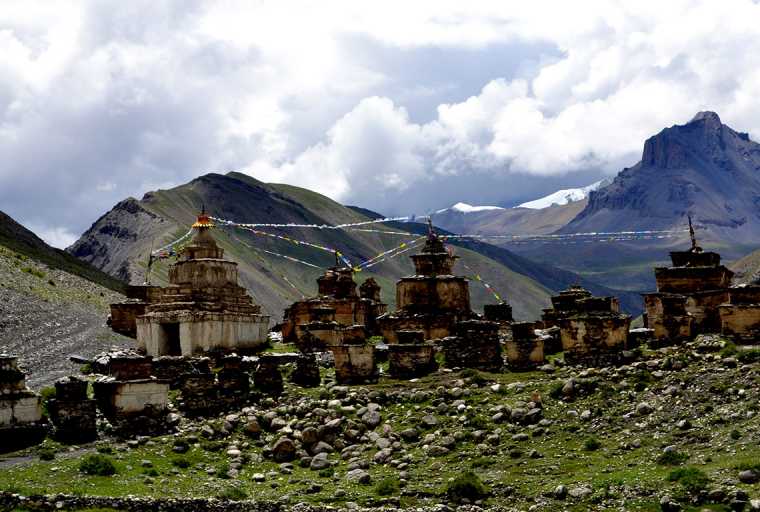
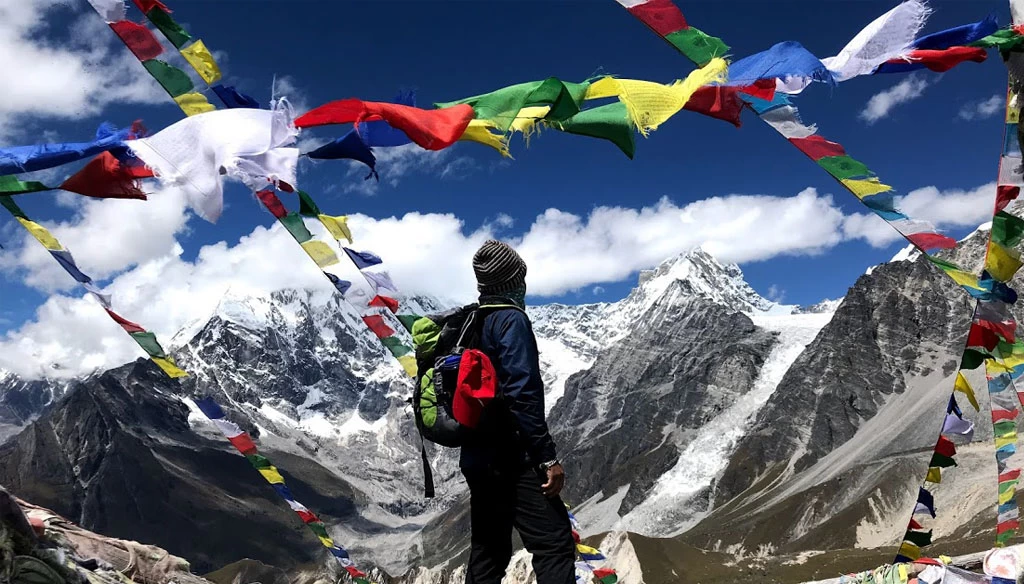

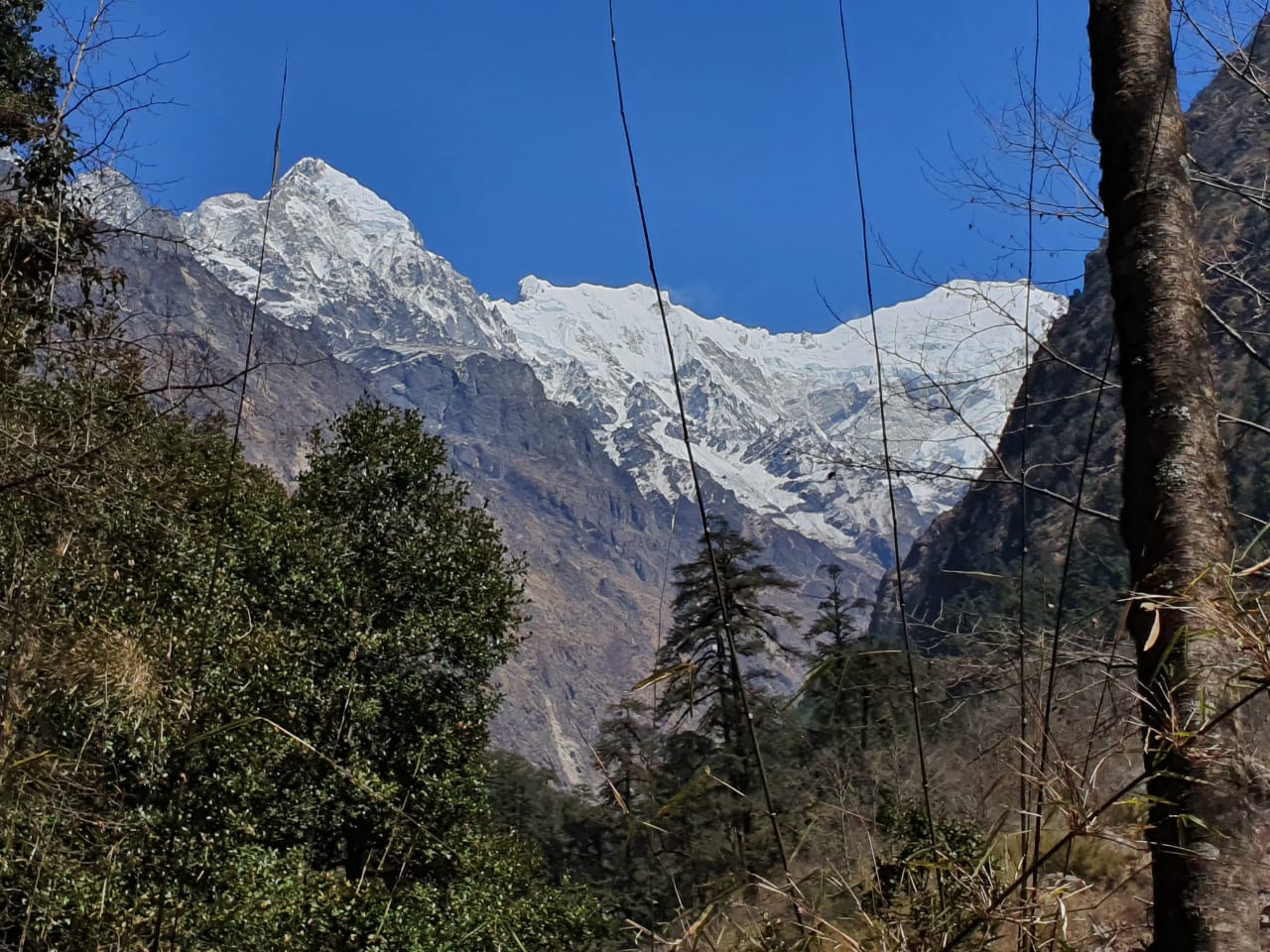
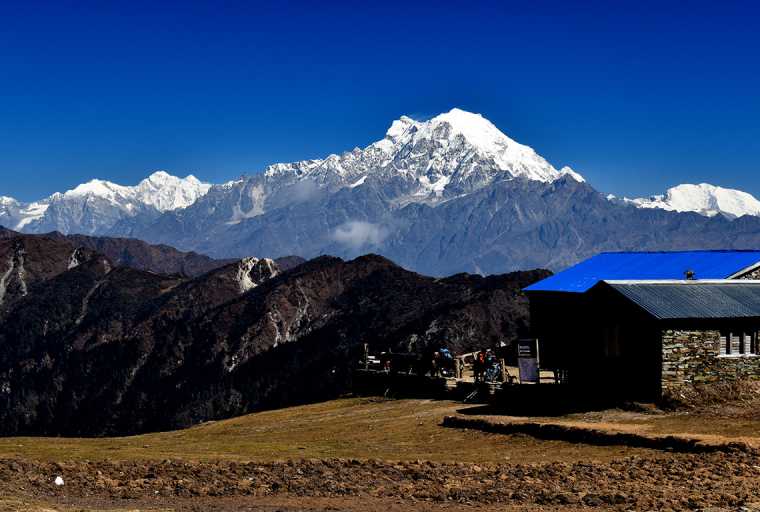
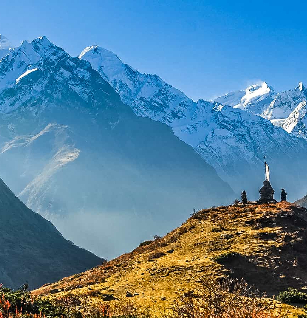
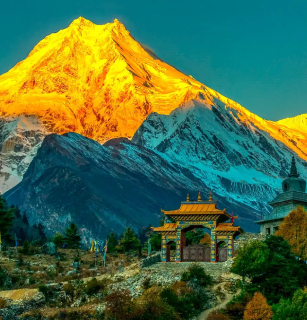
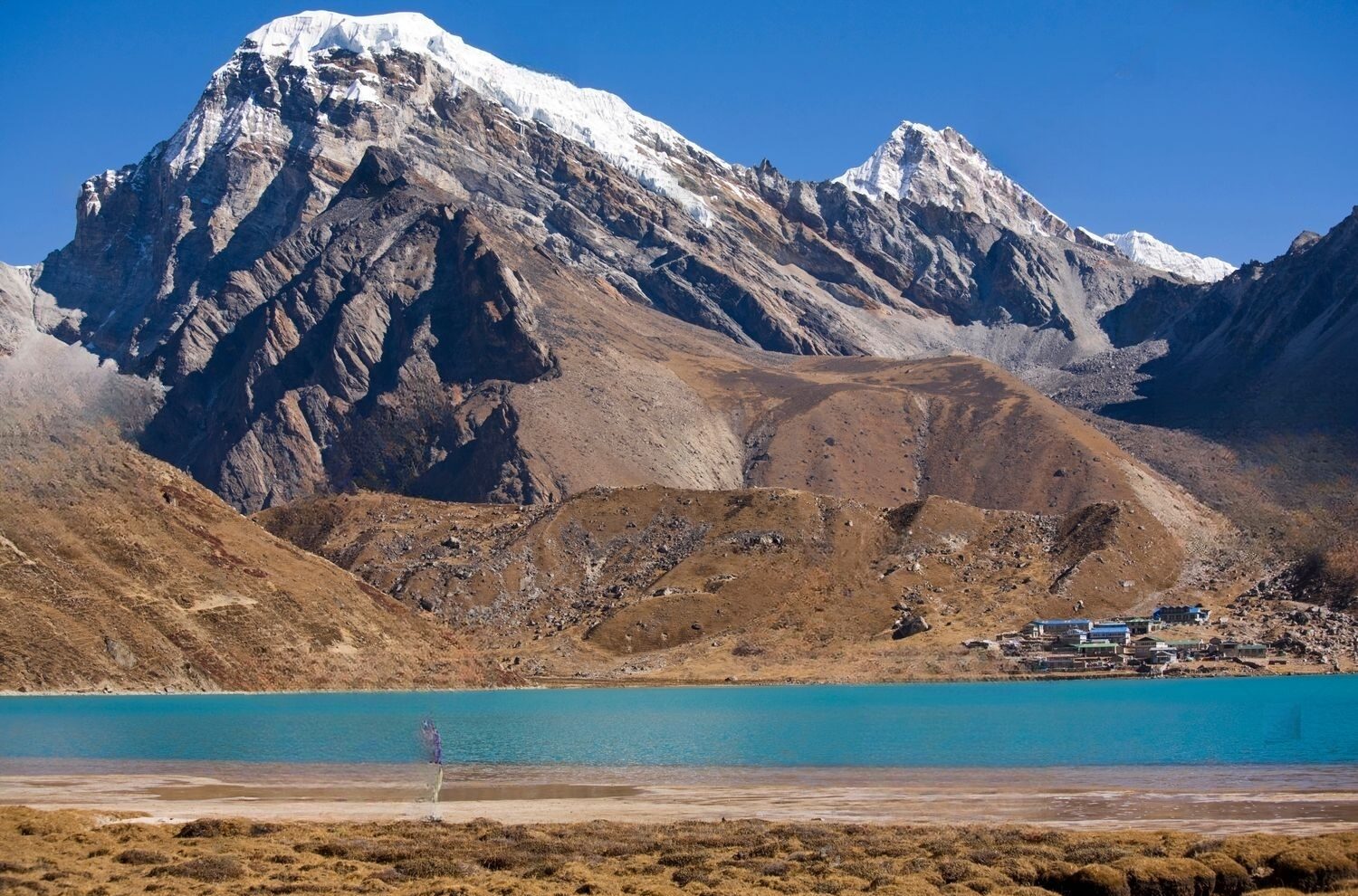
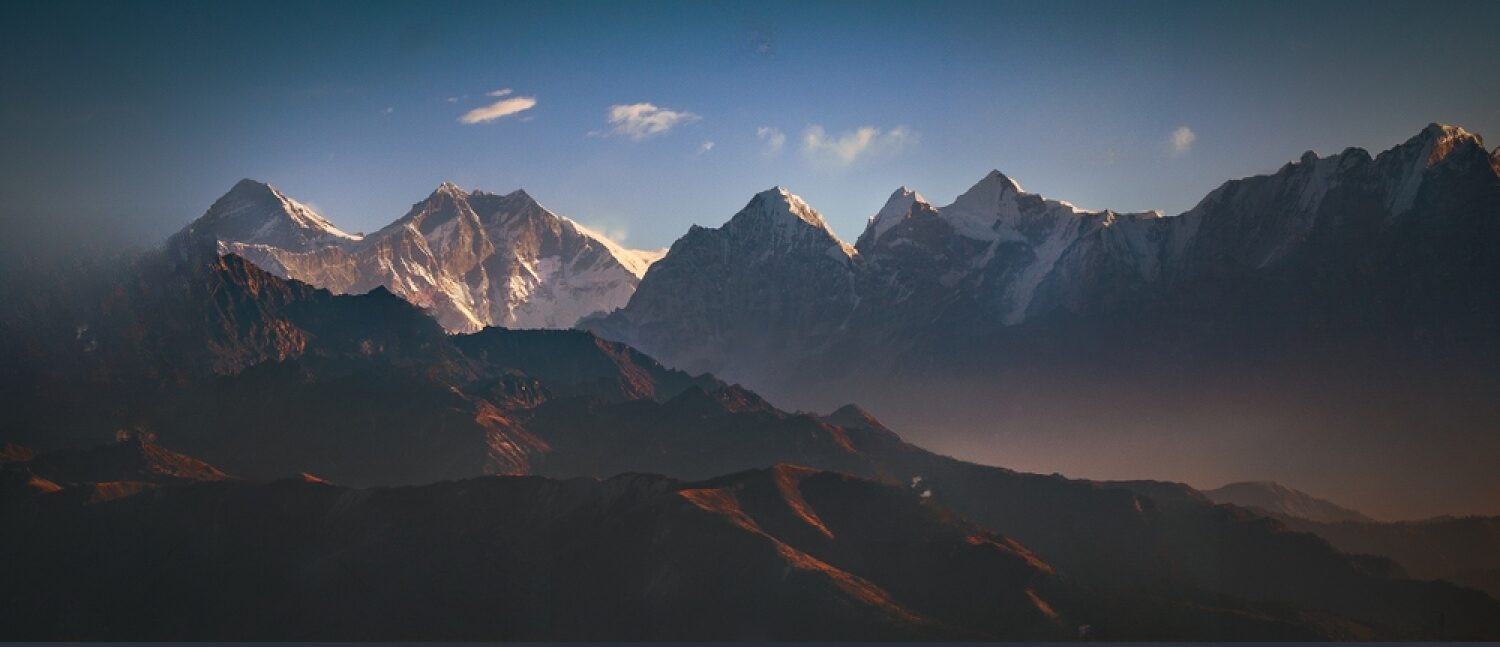
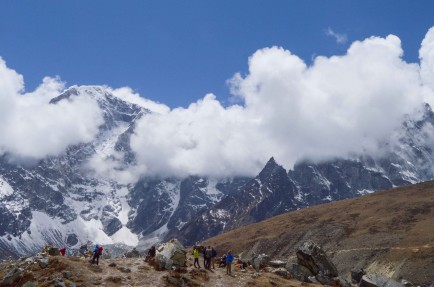
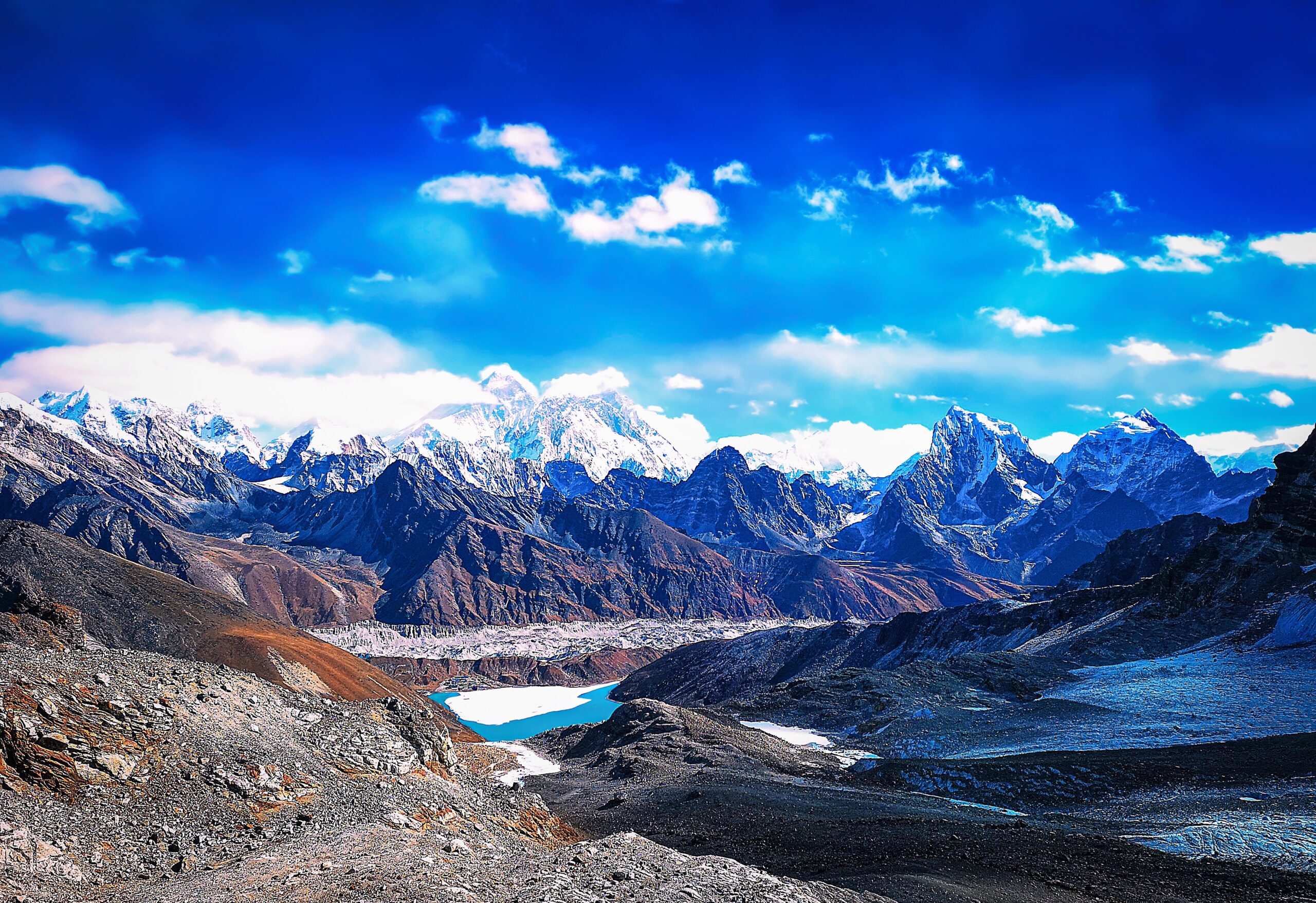
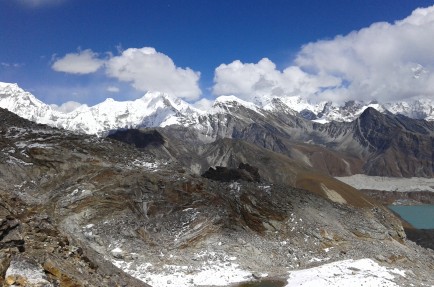
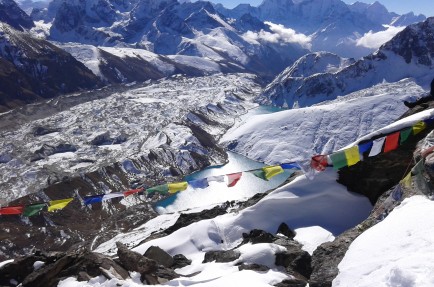
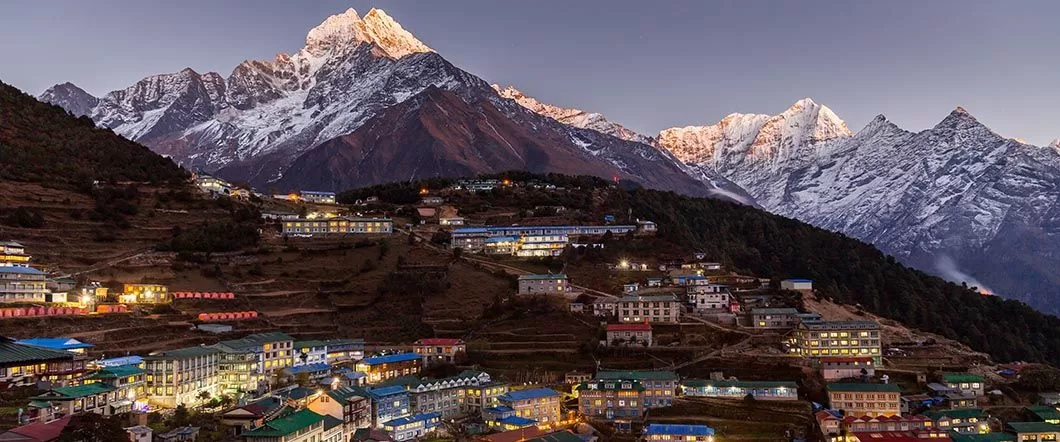
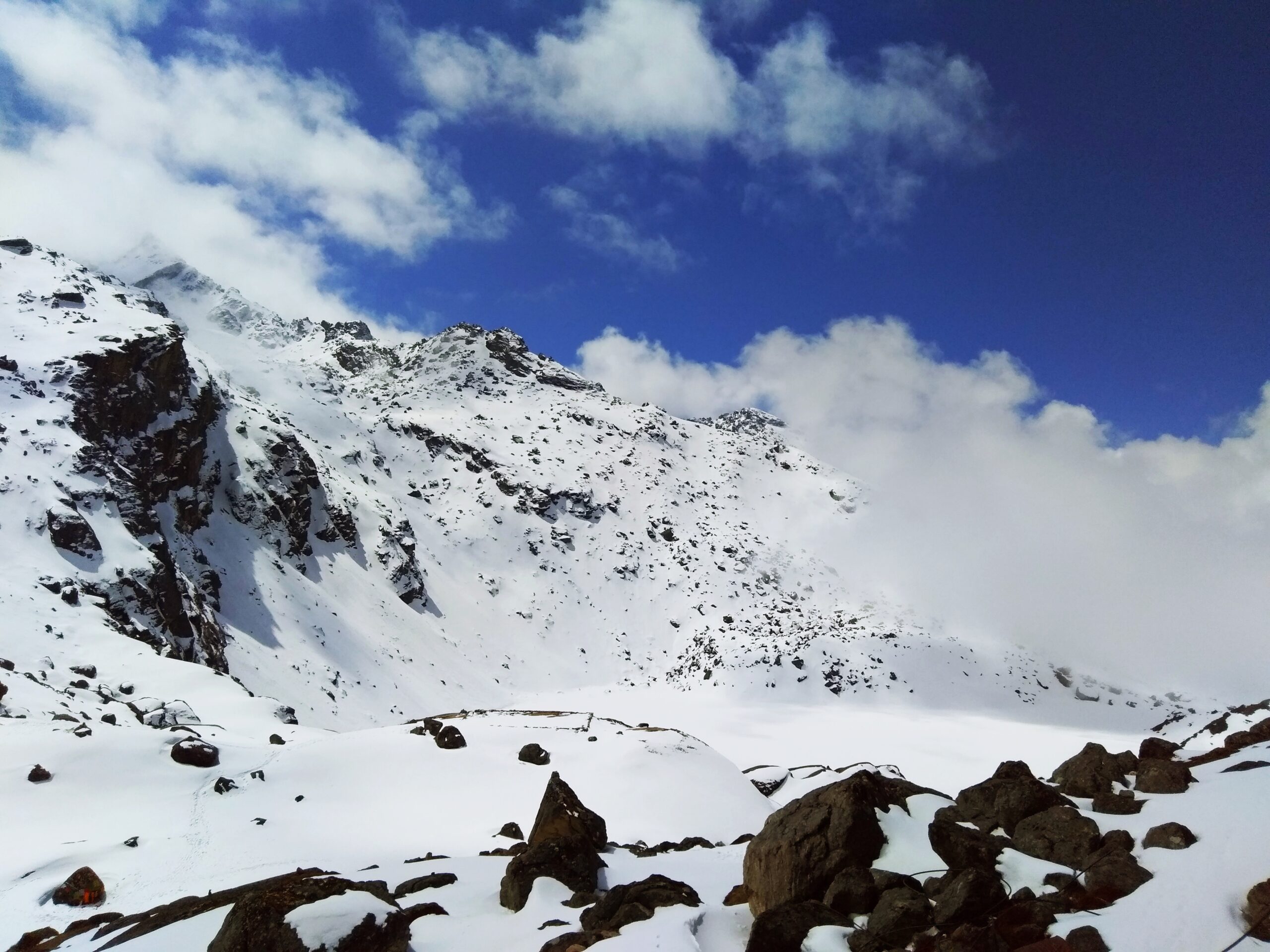
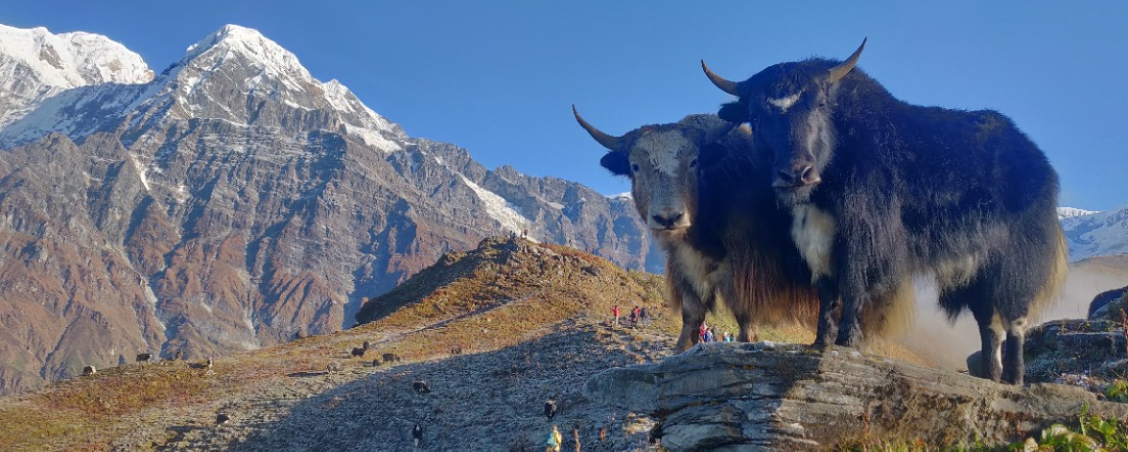
No Reviews Found